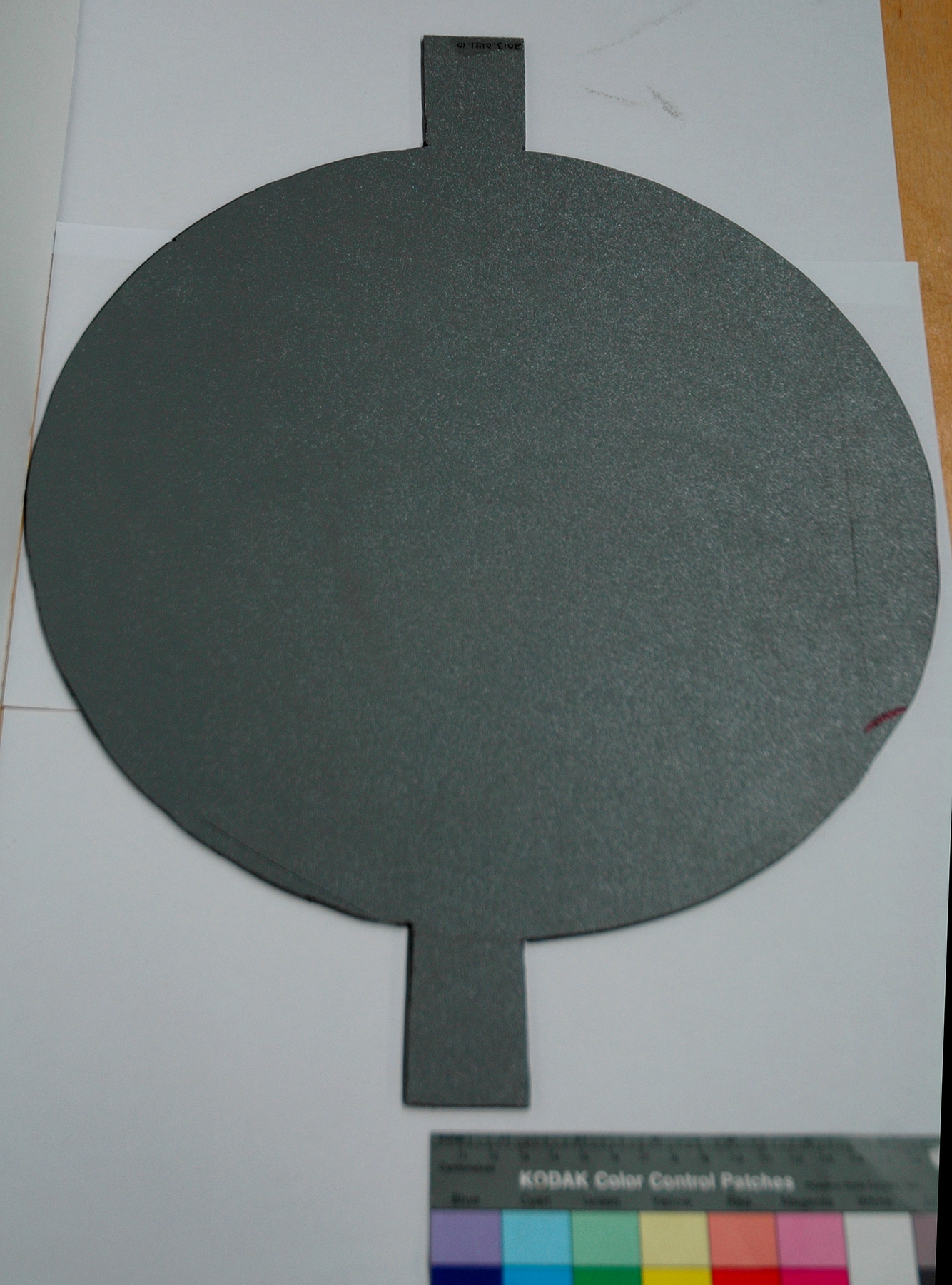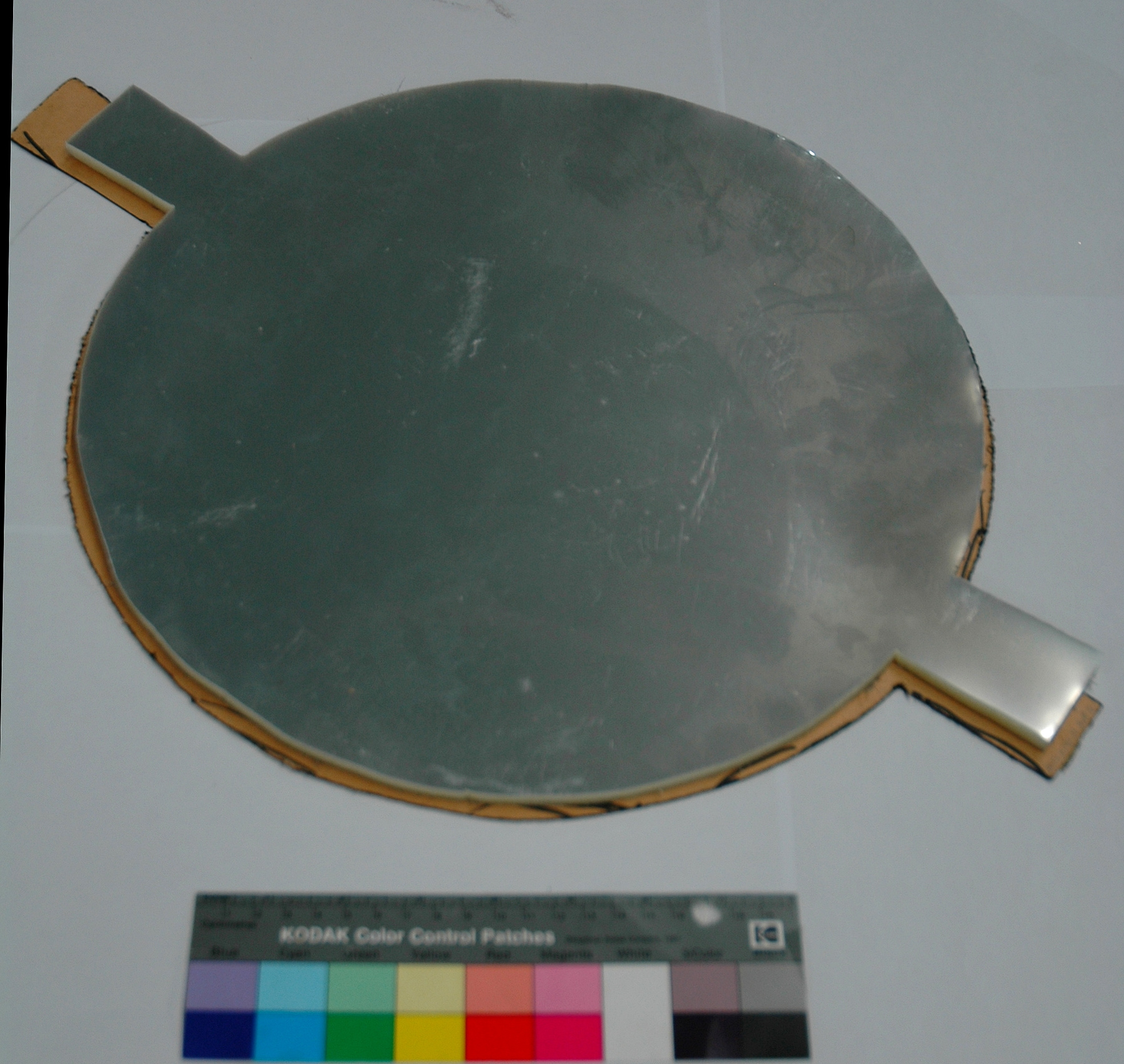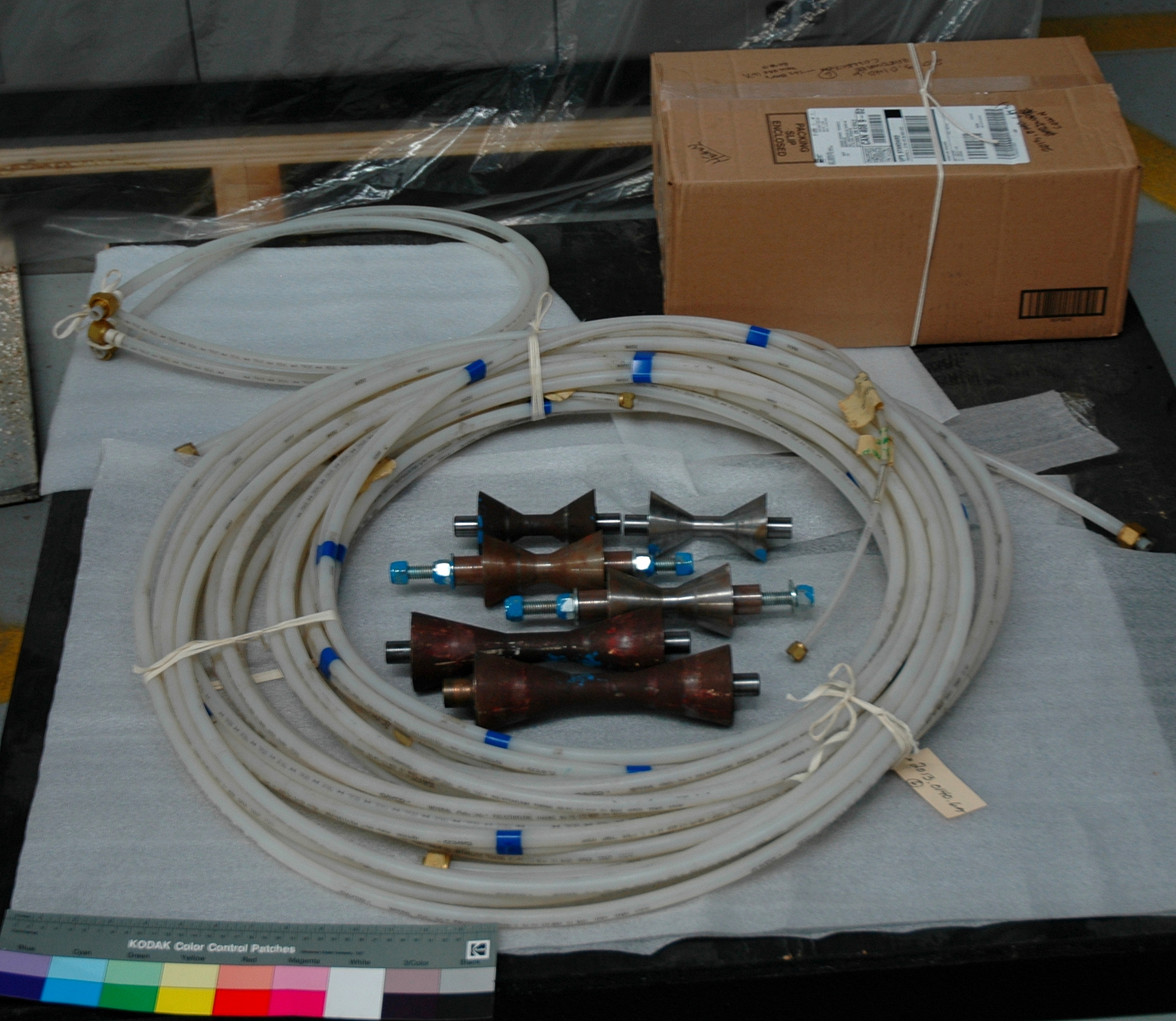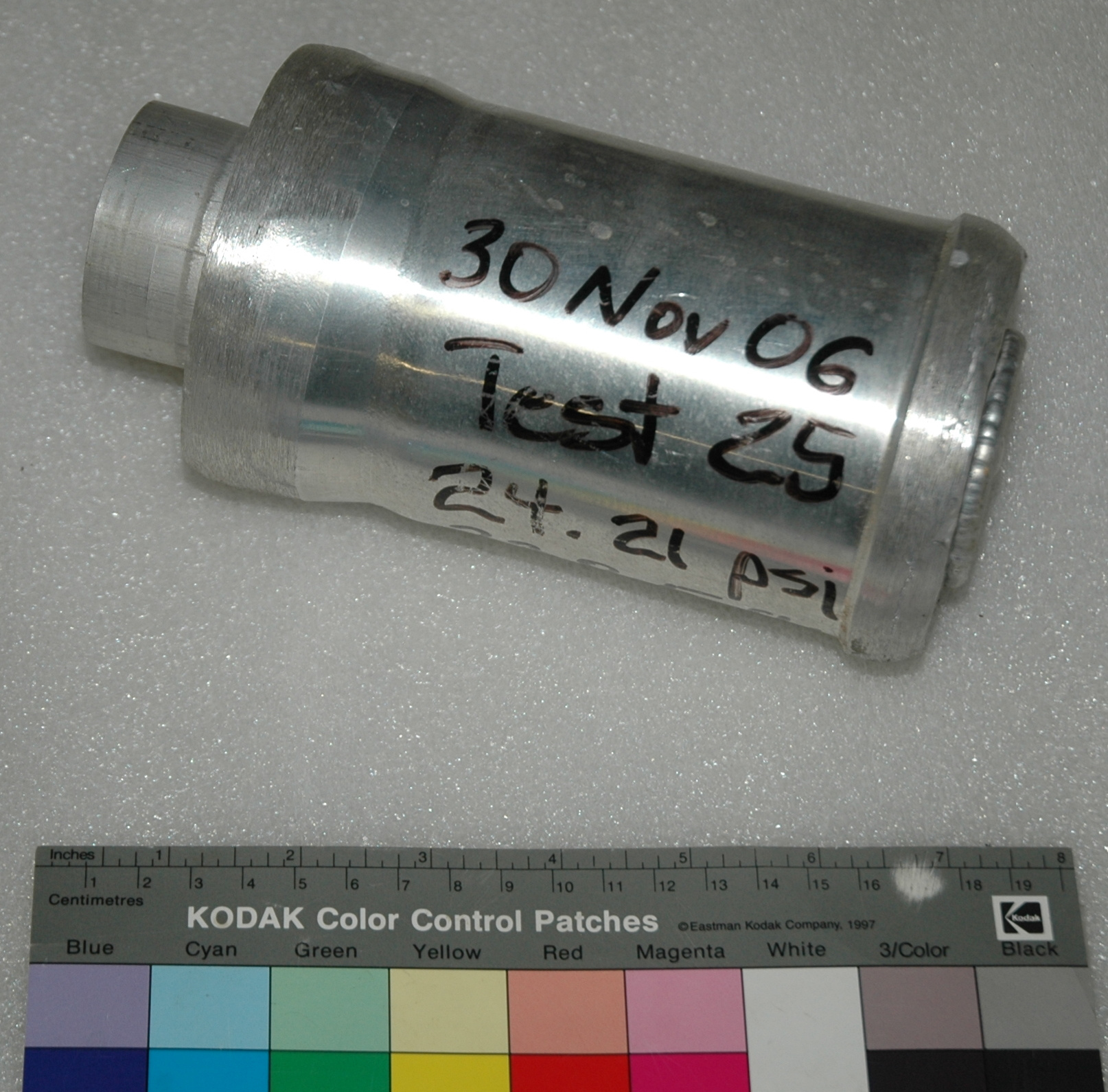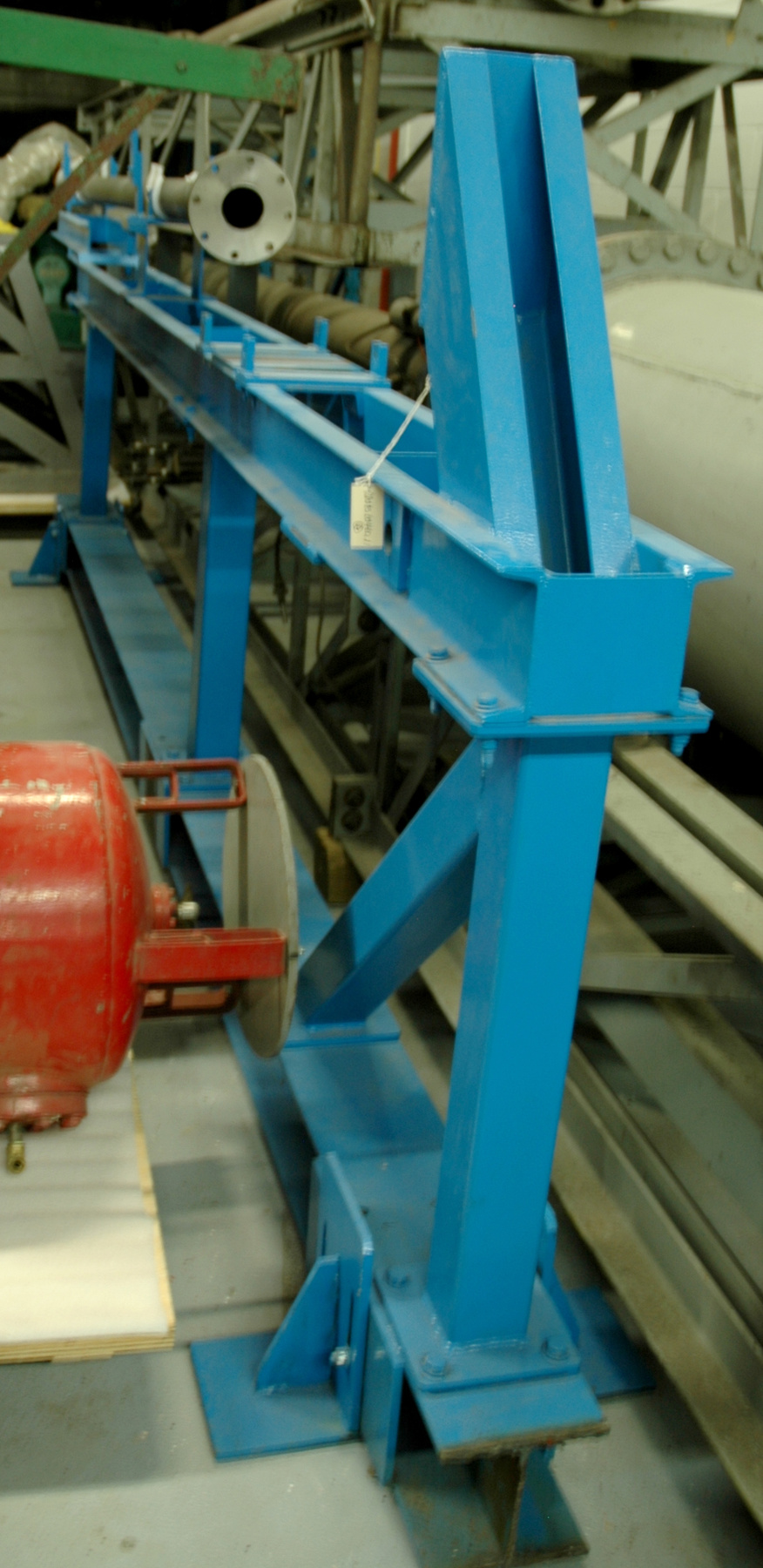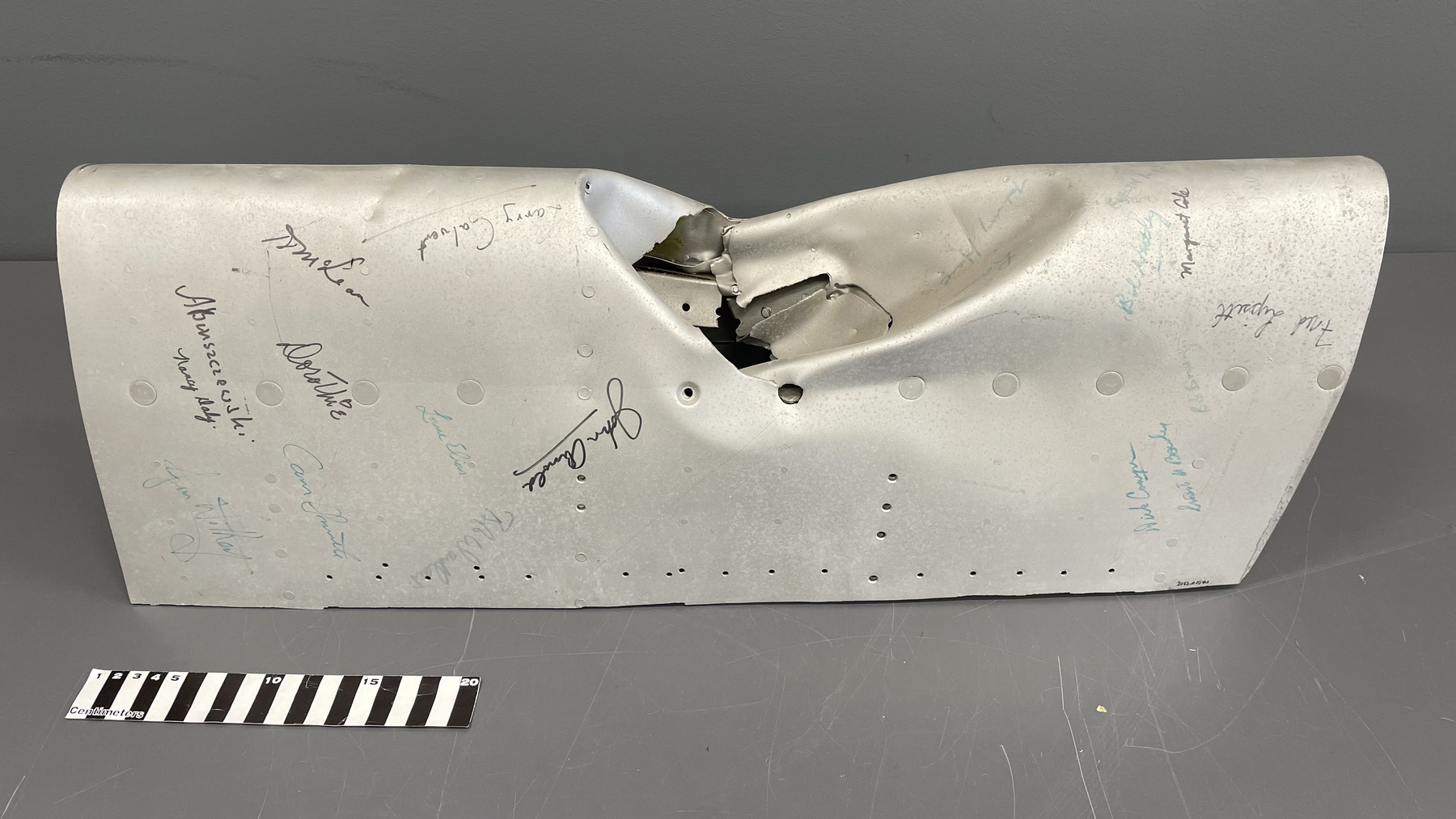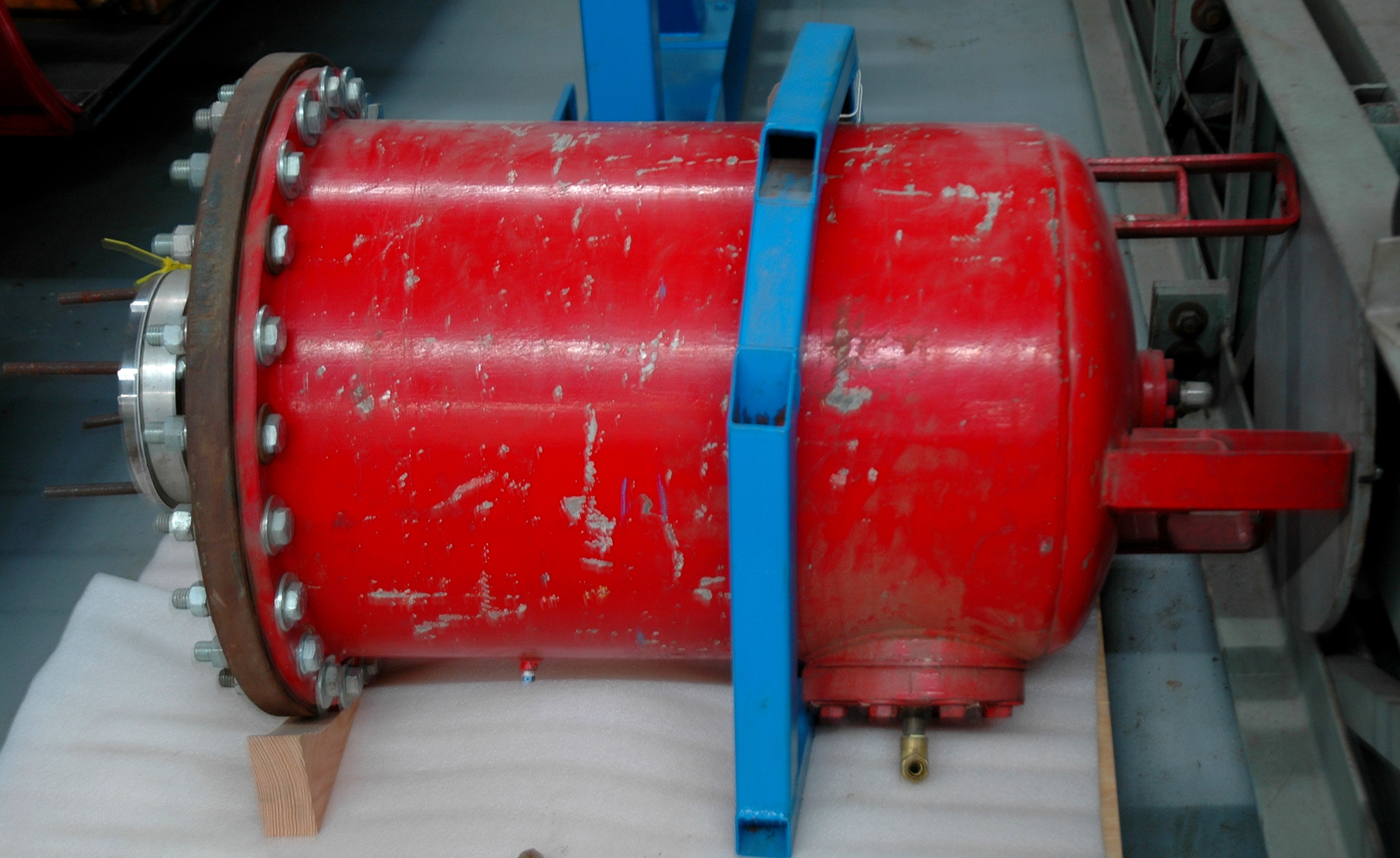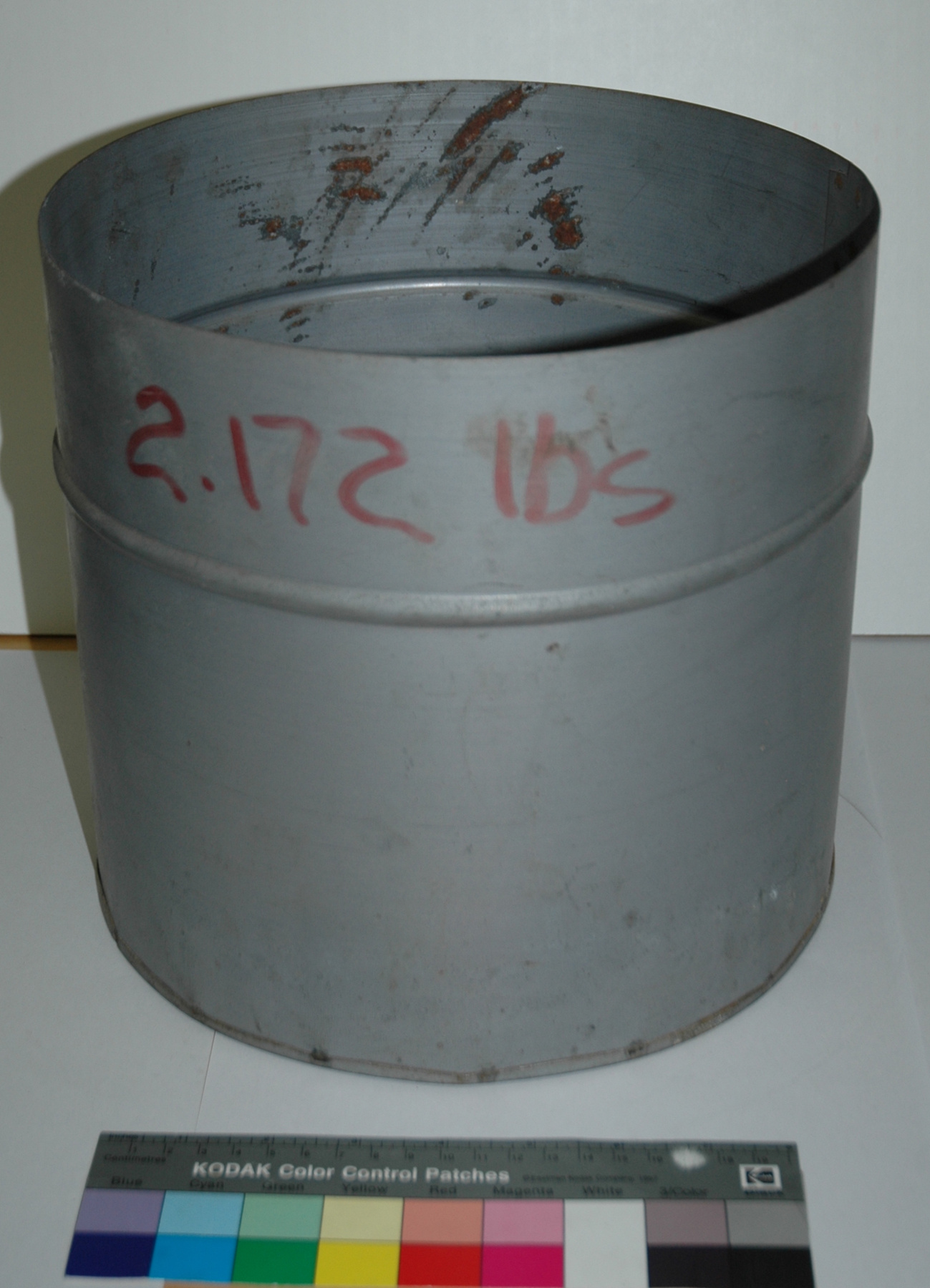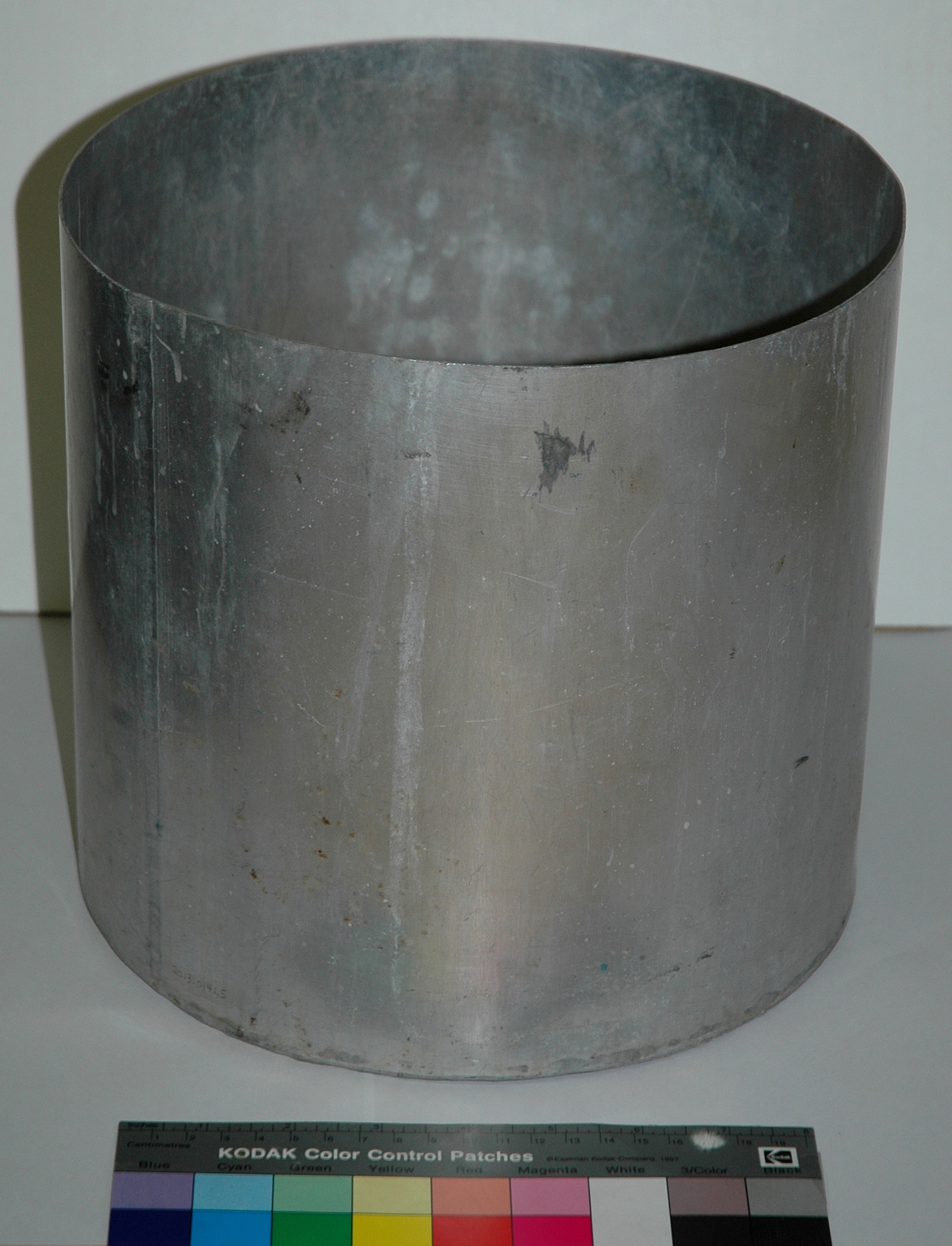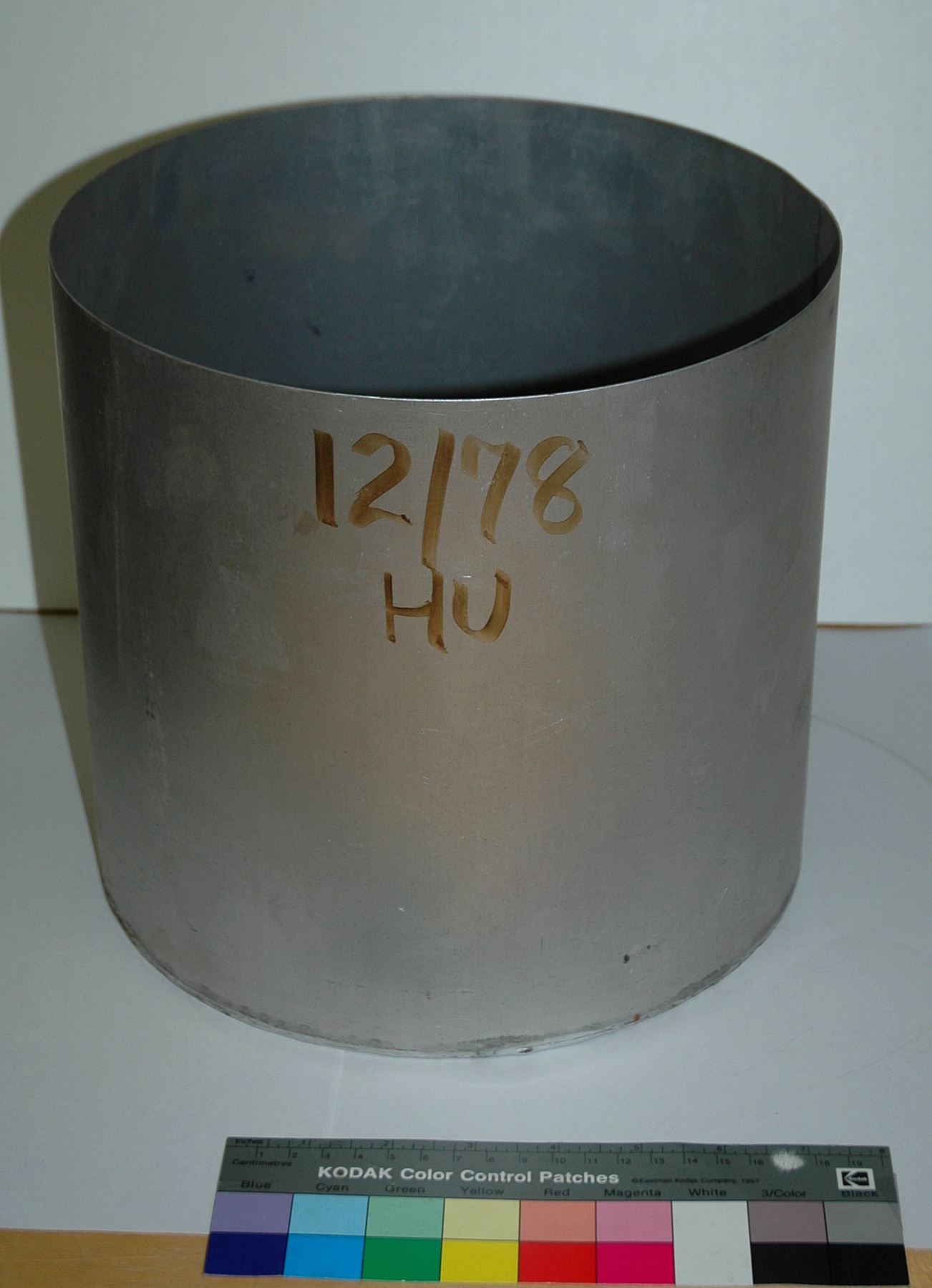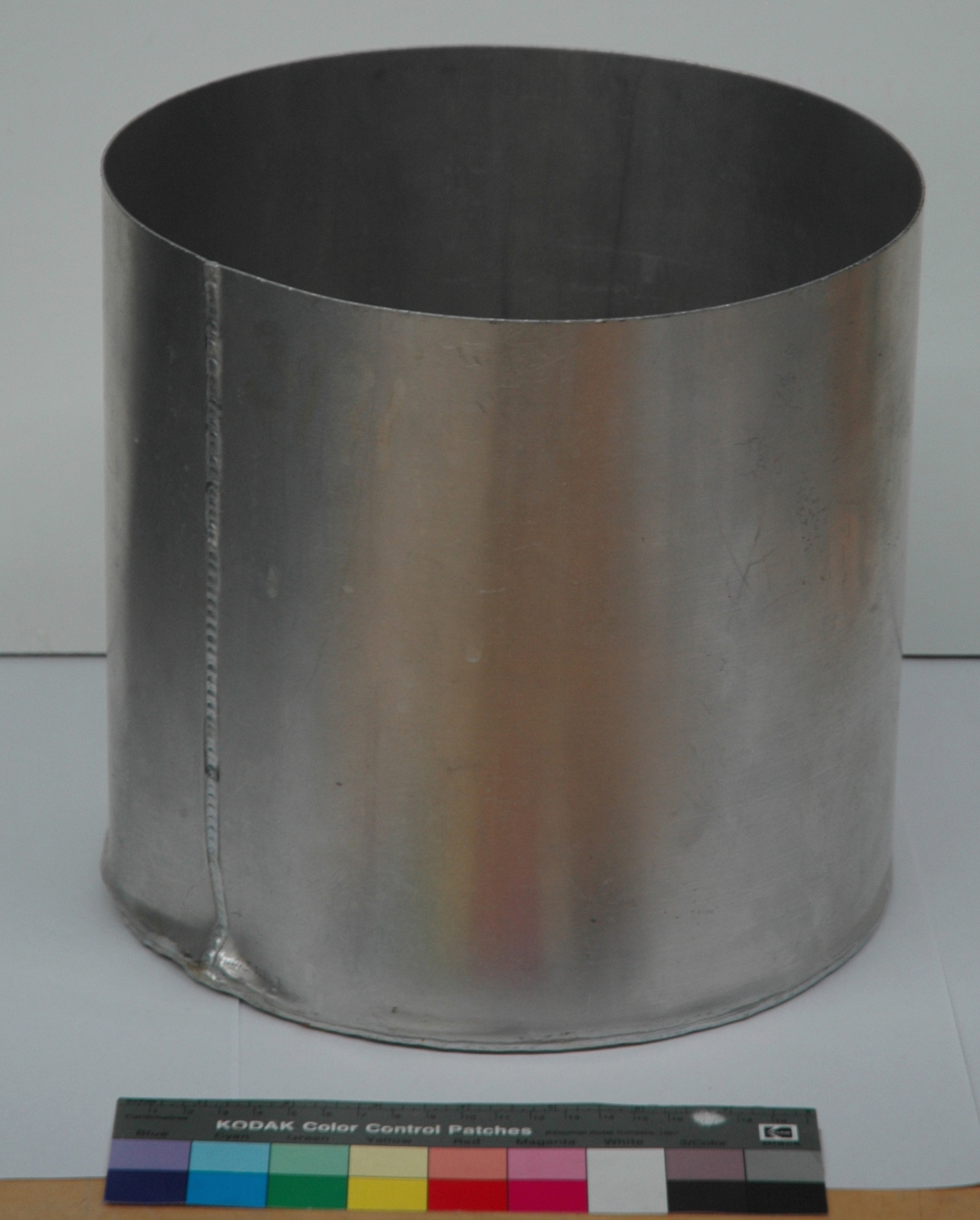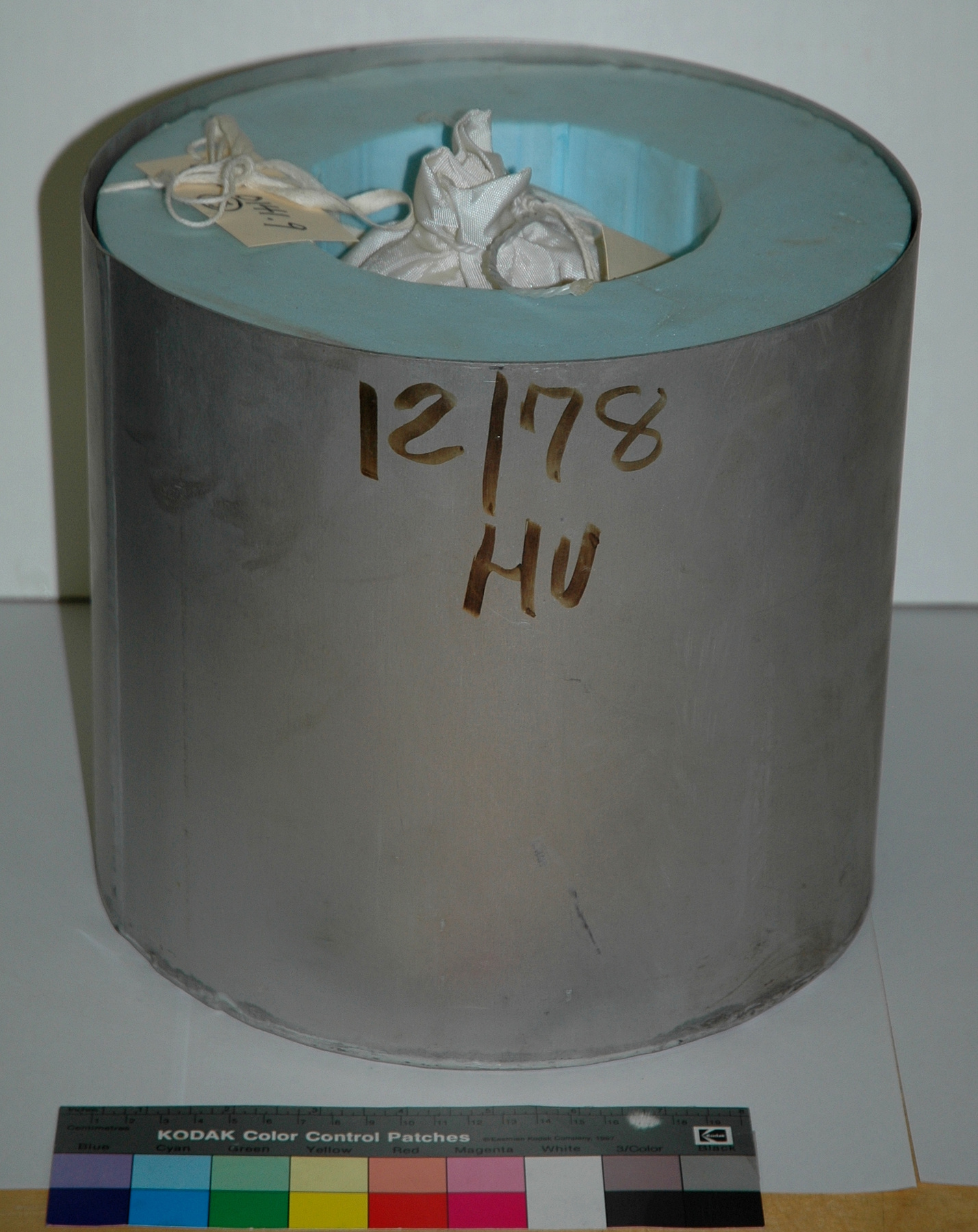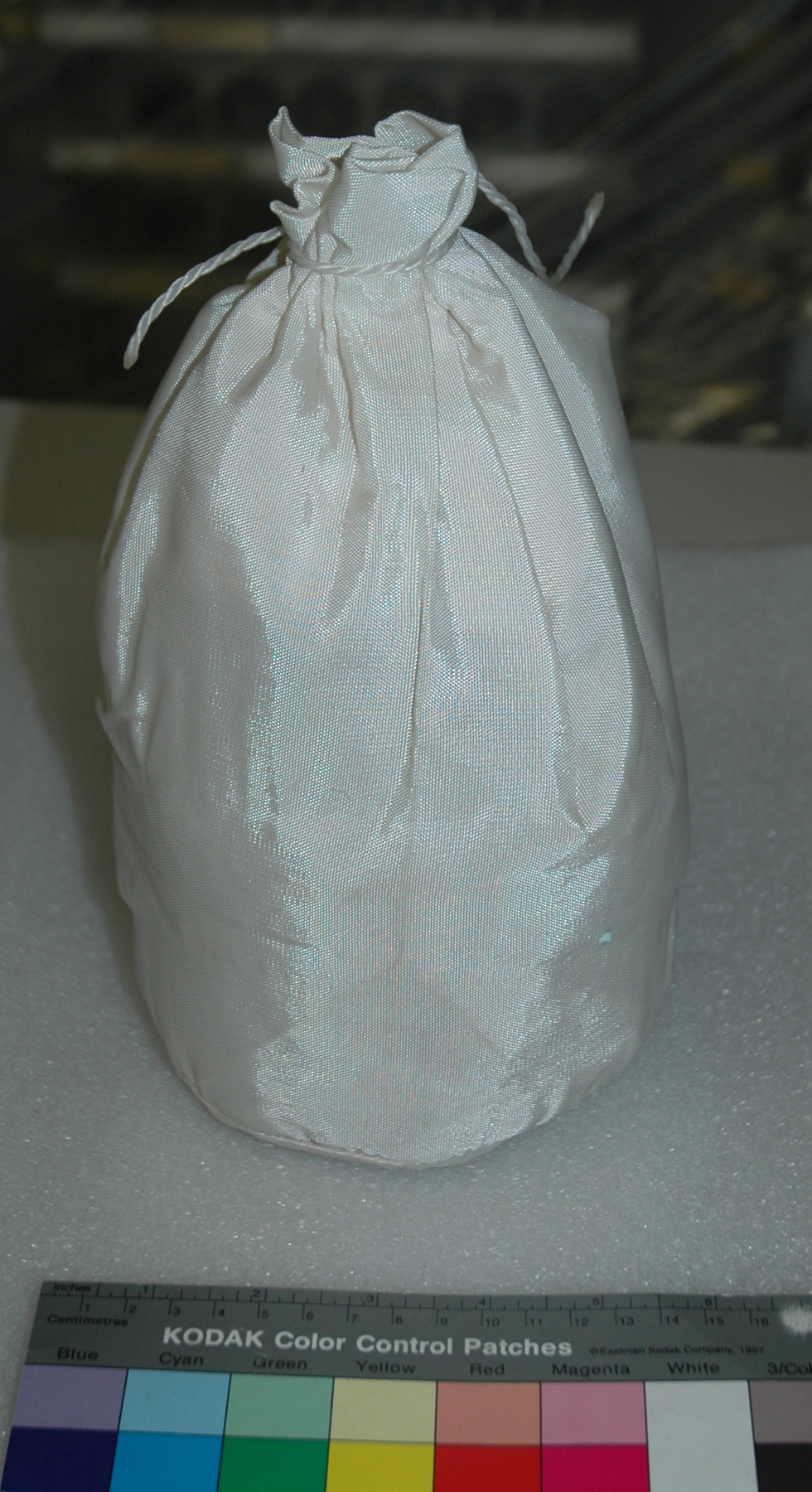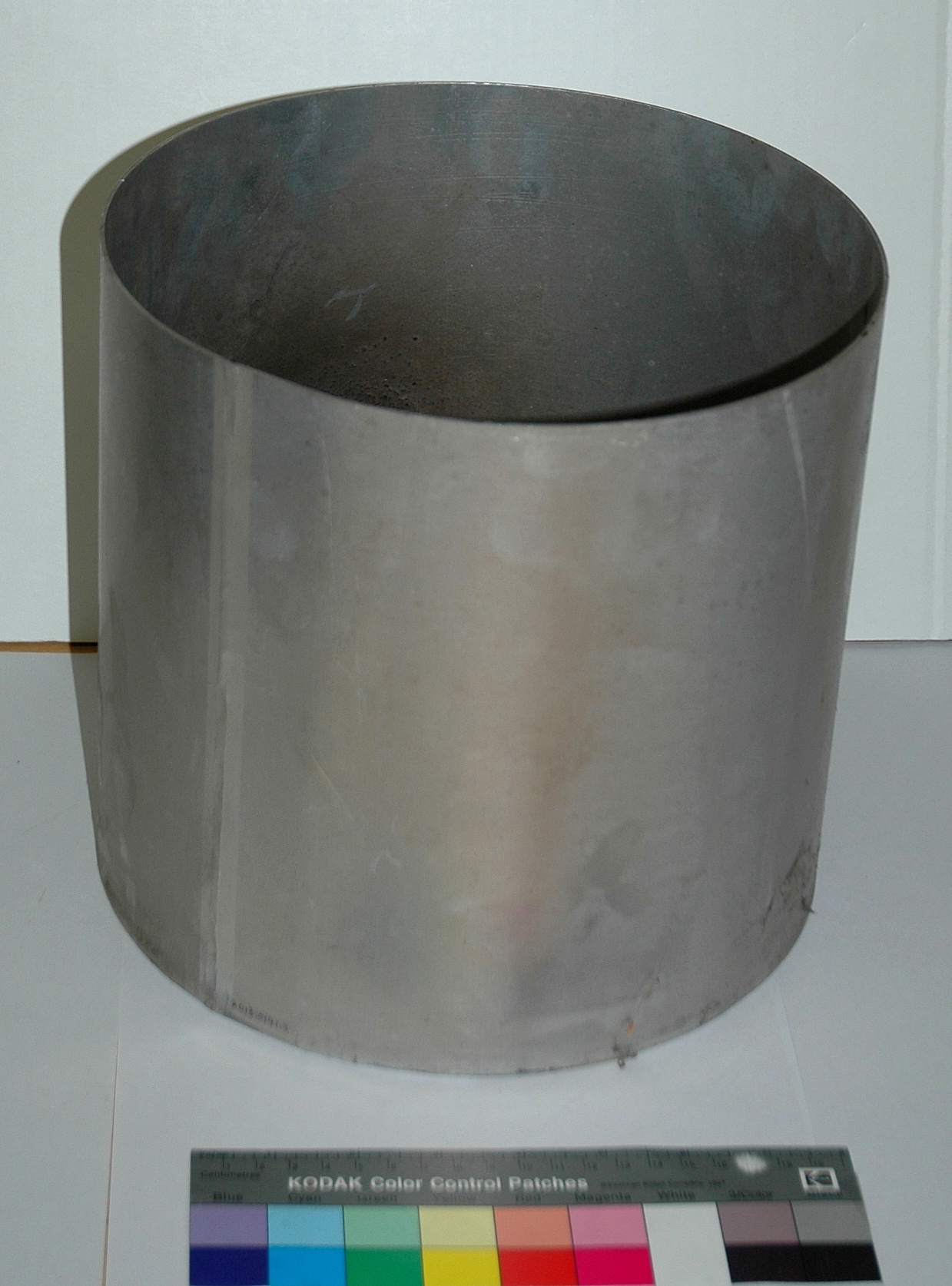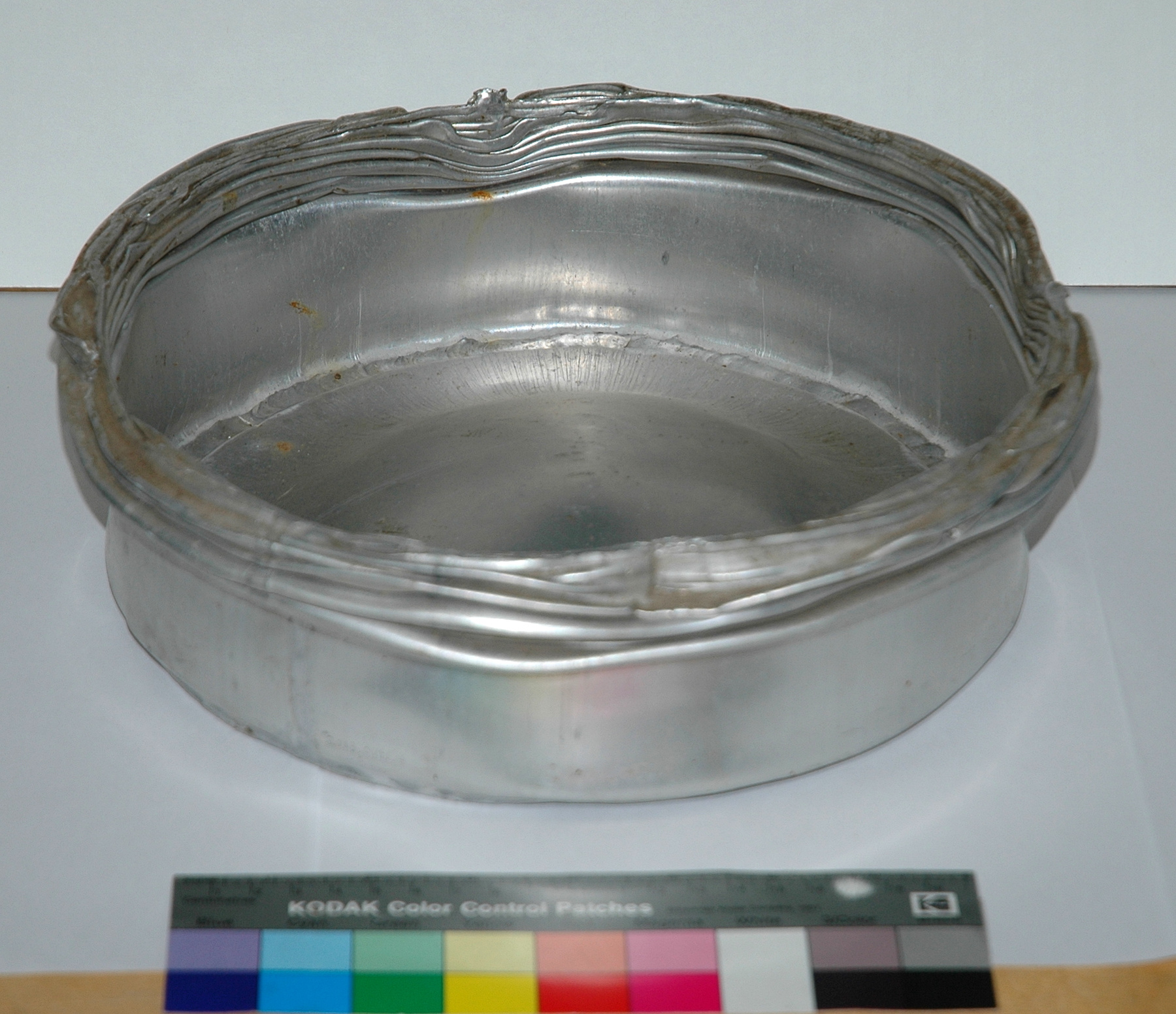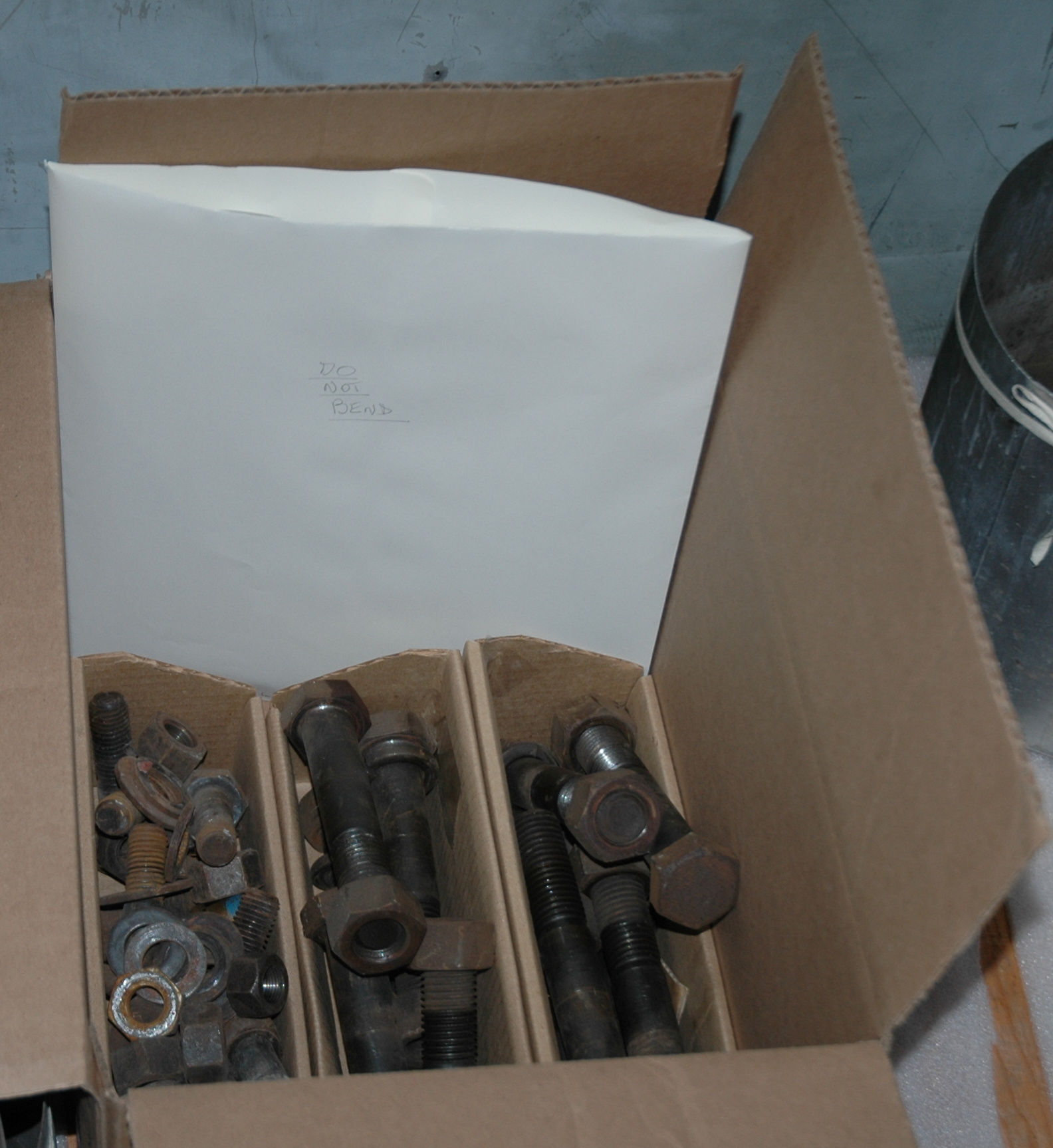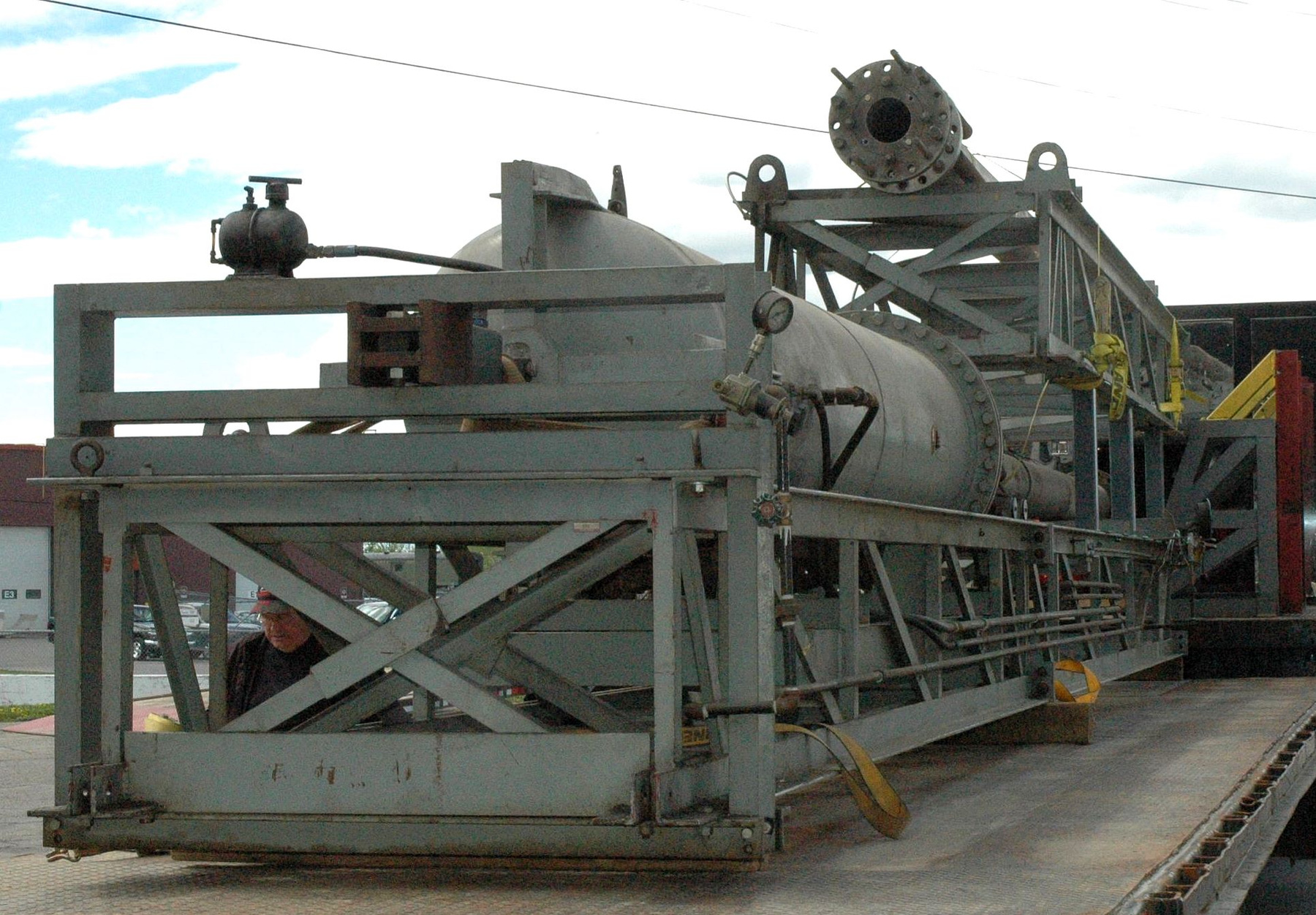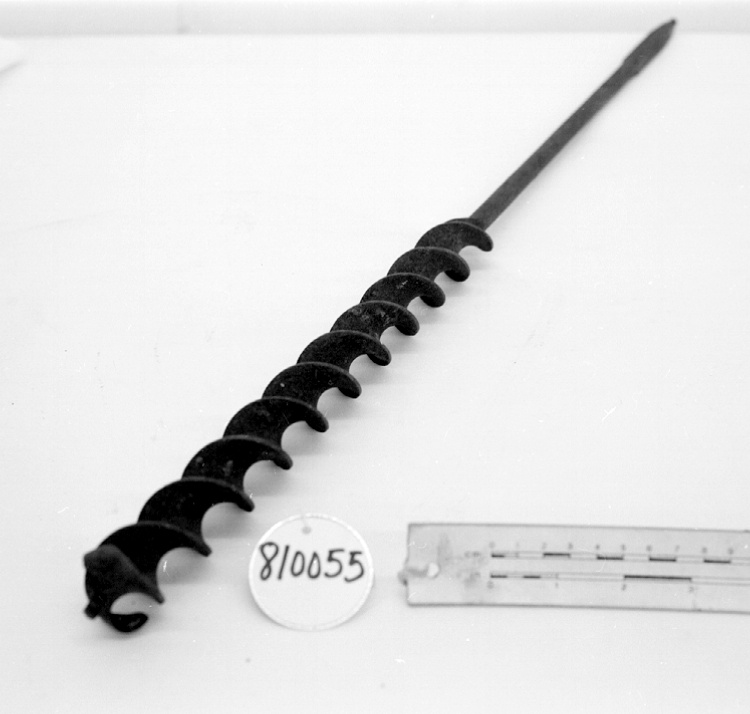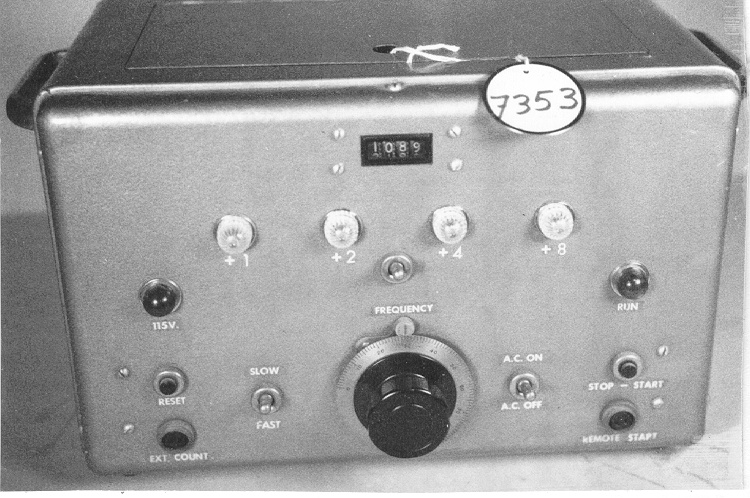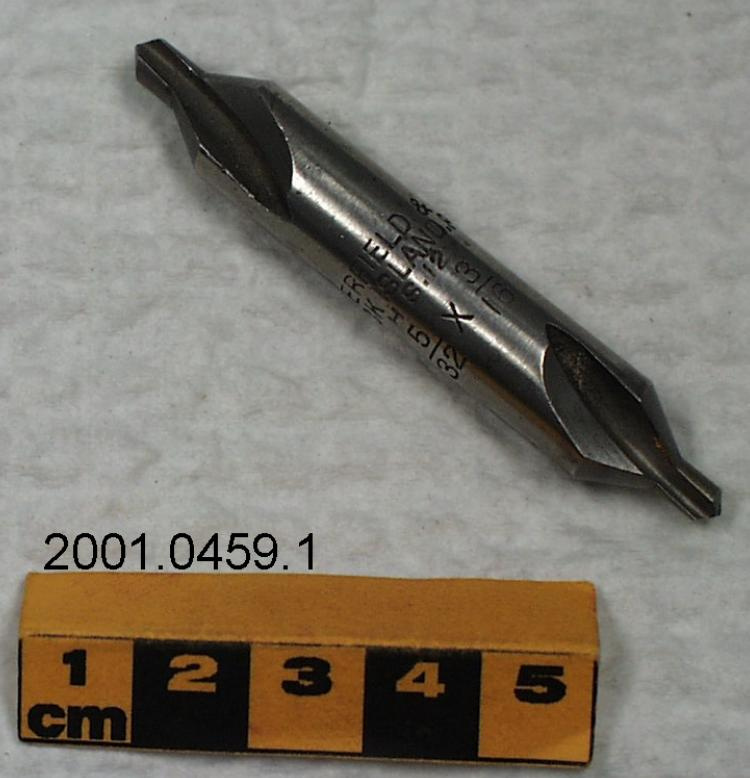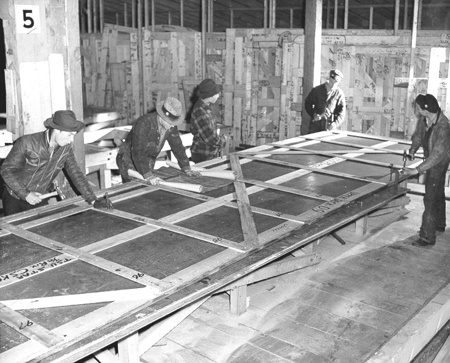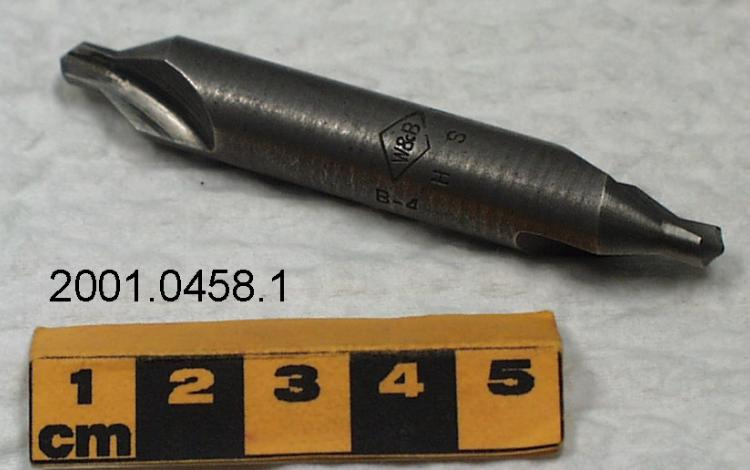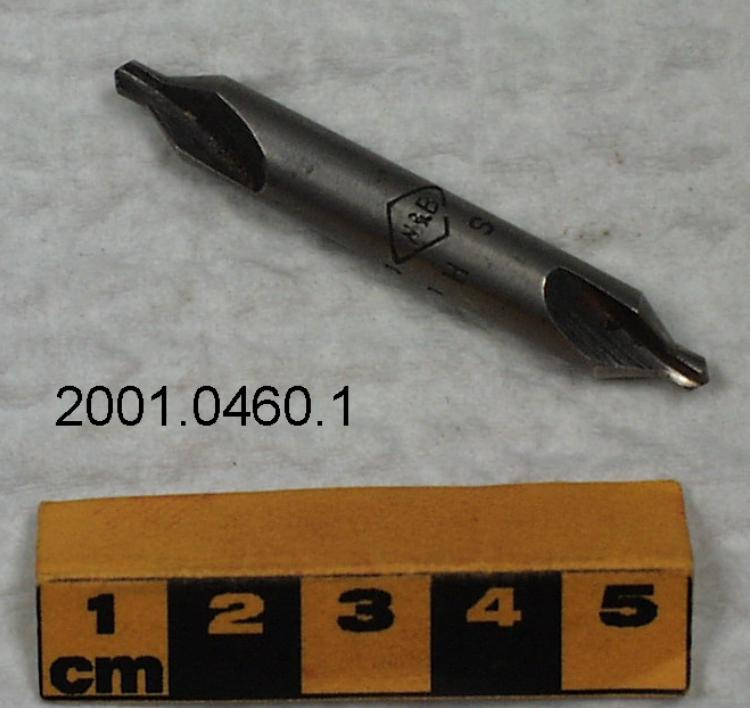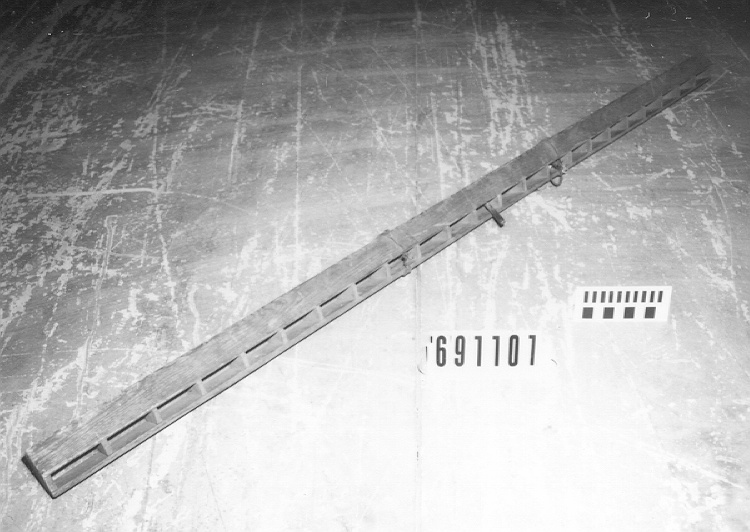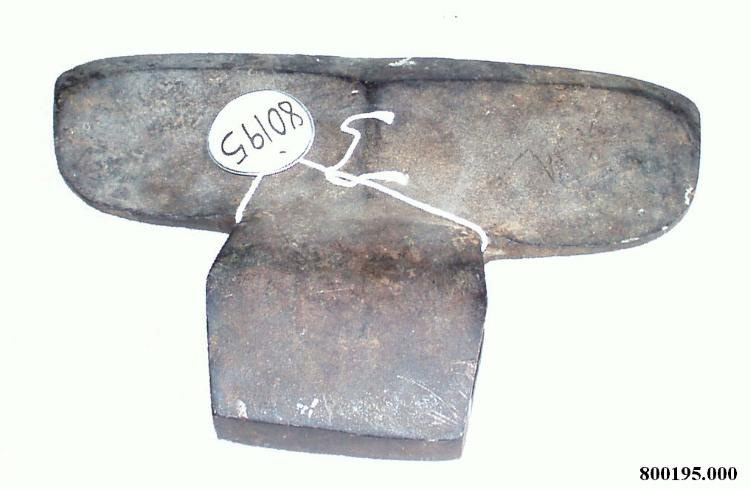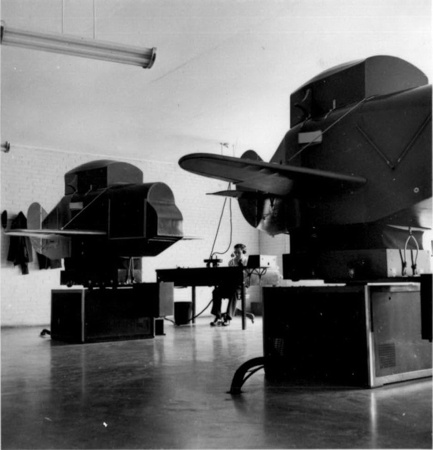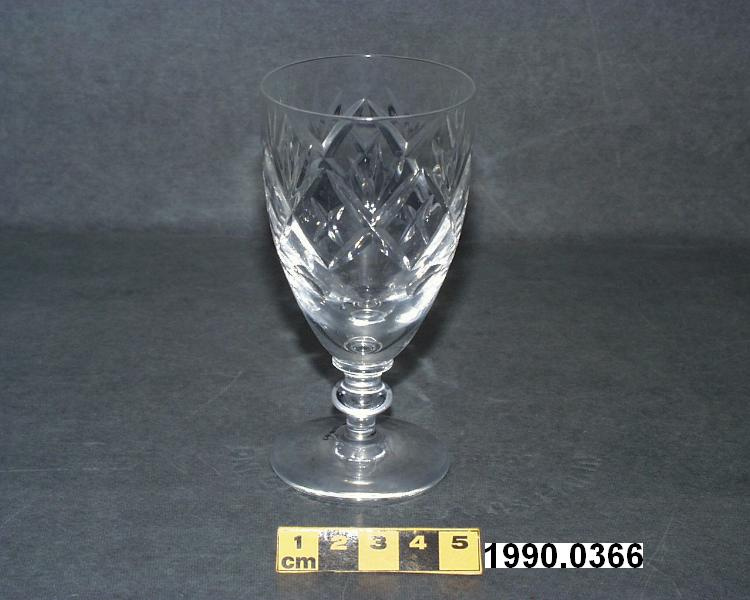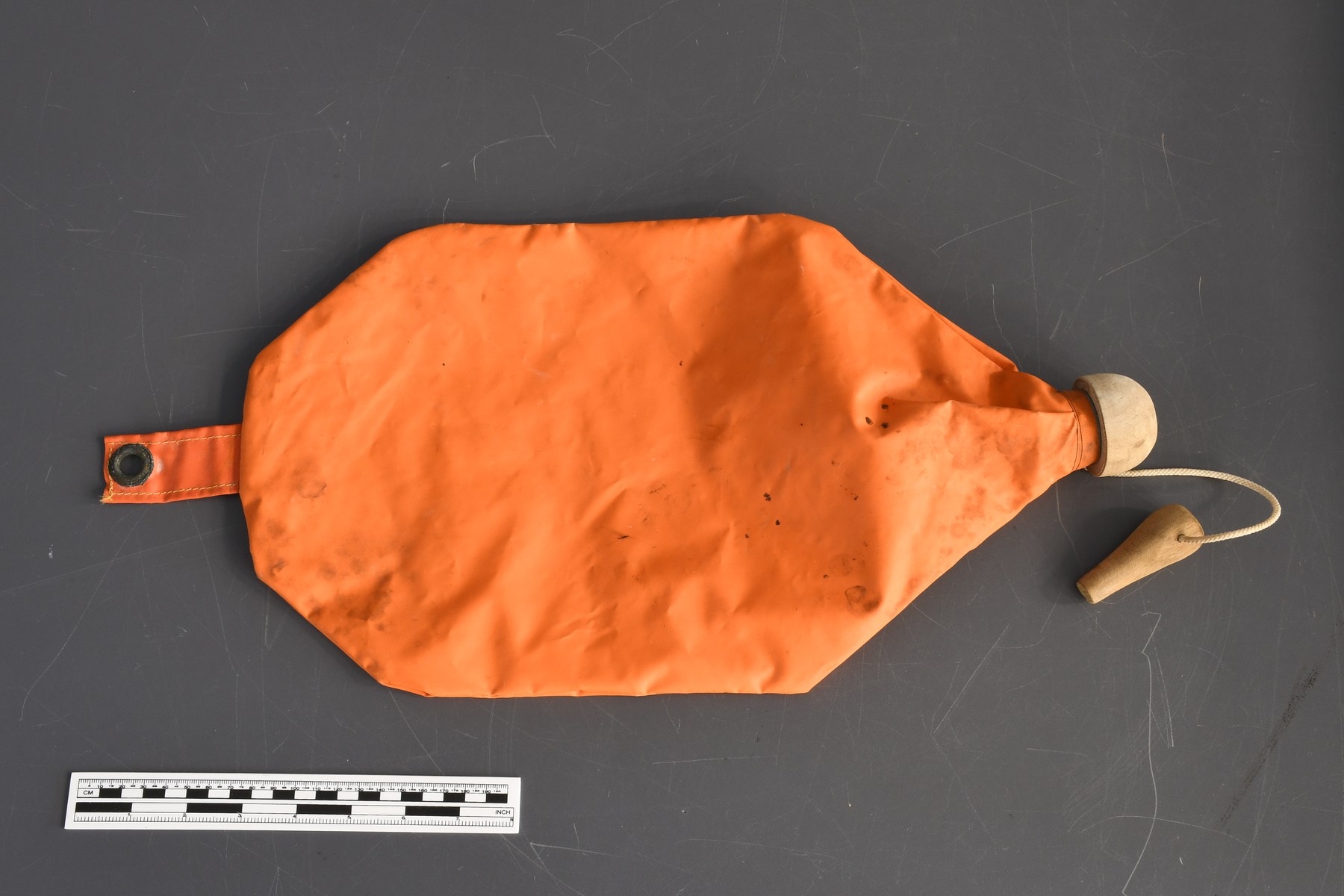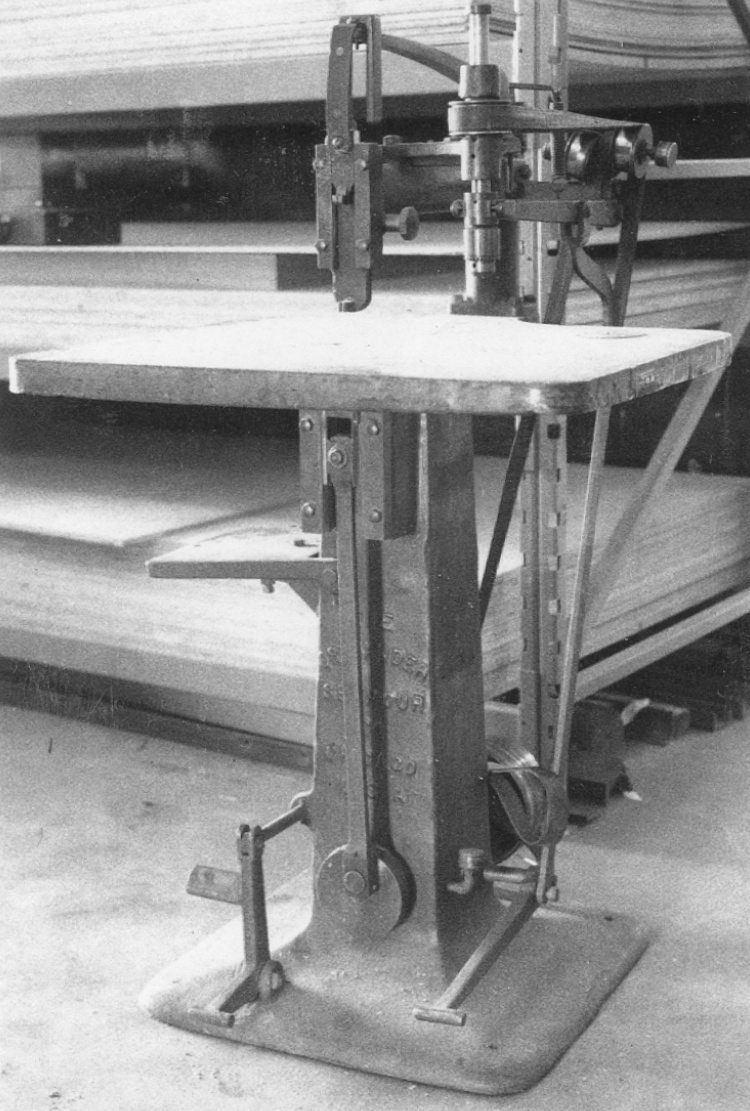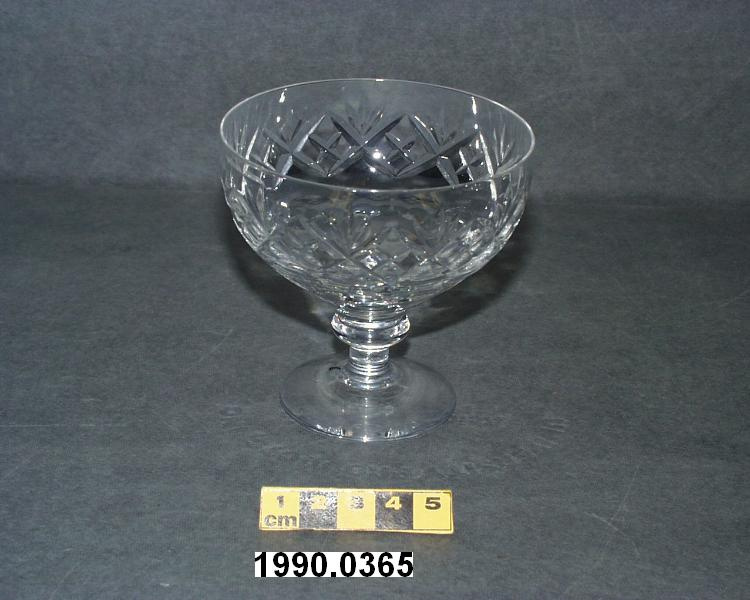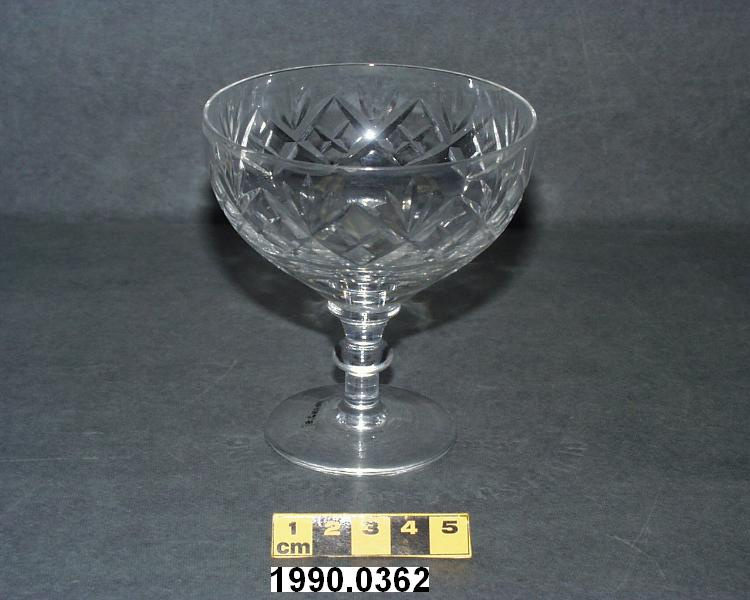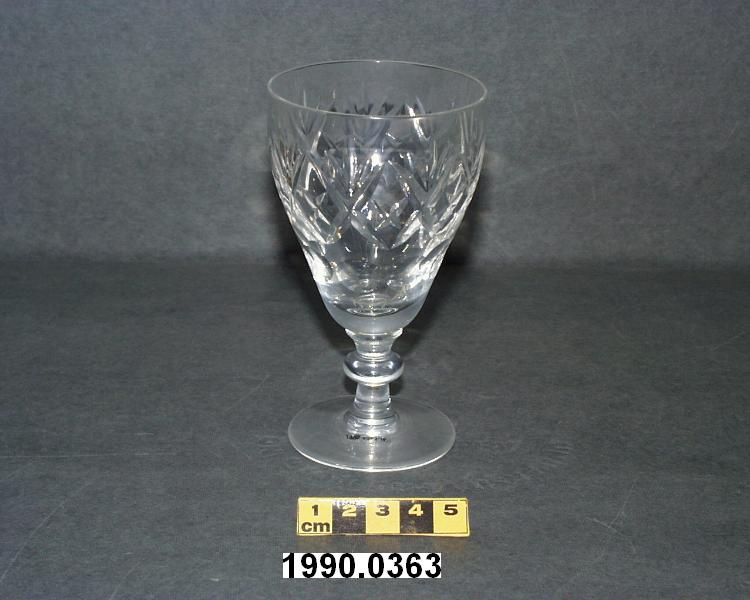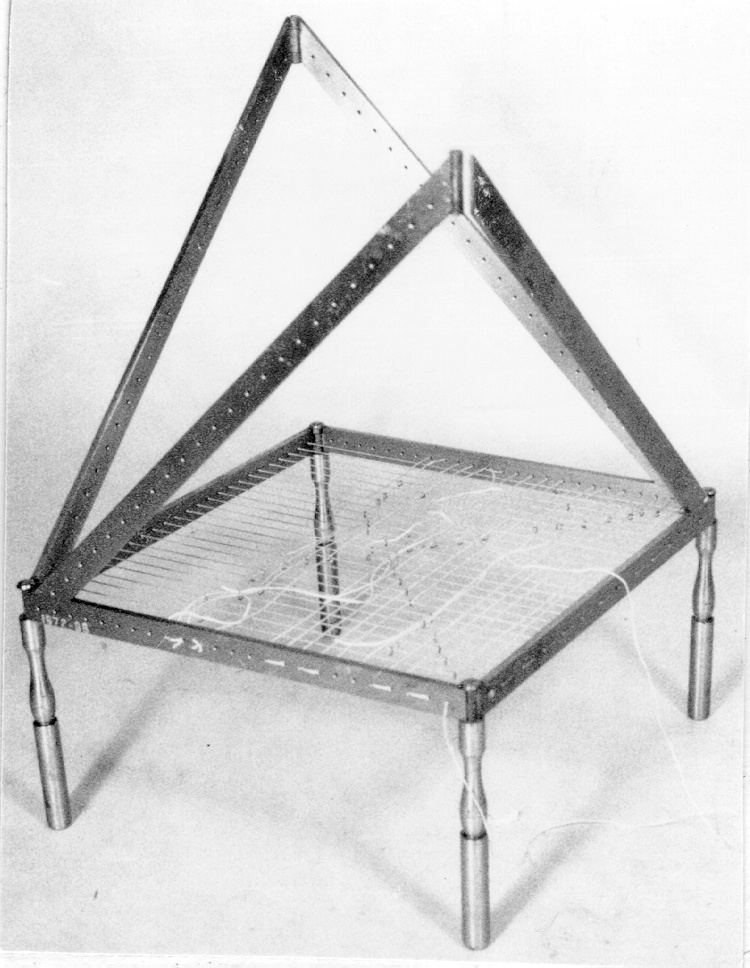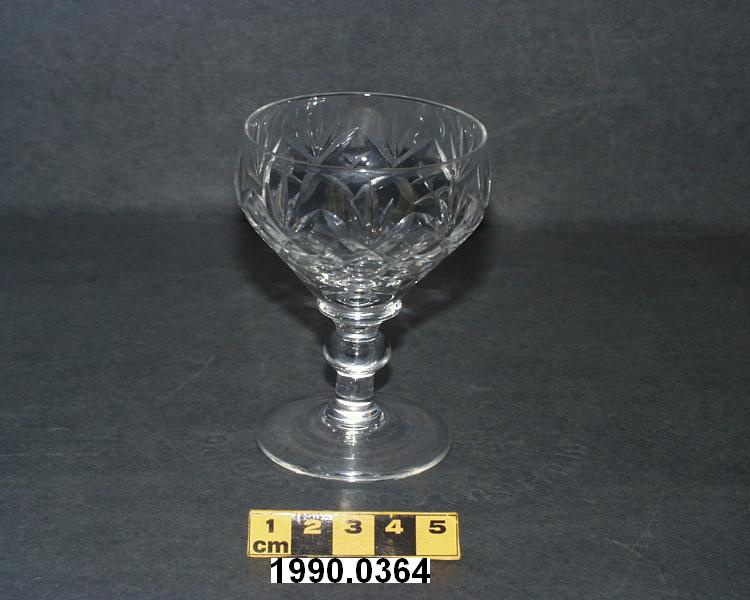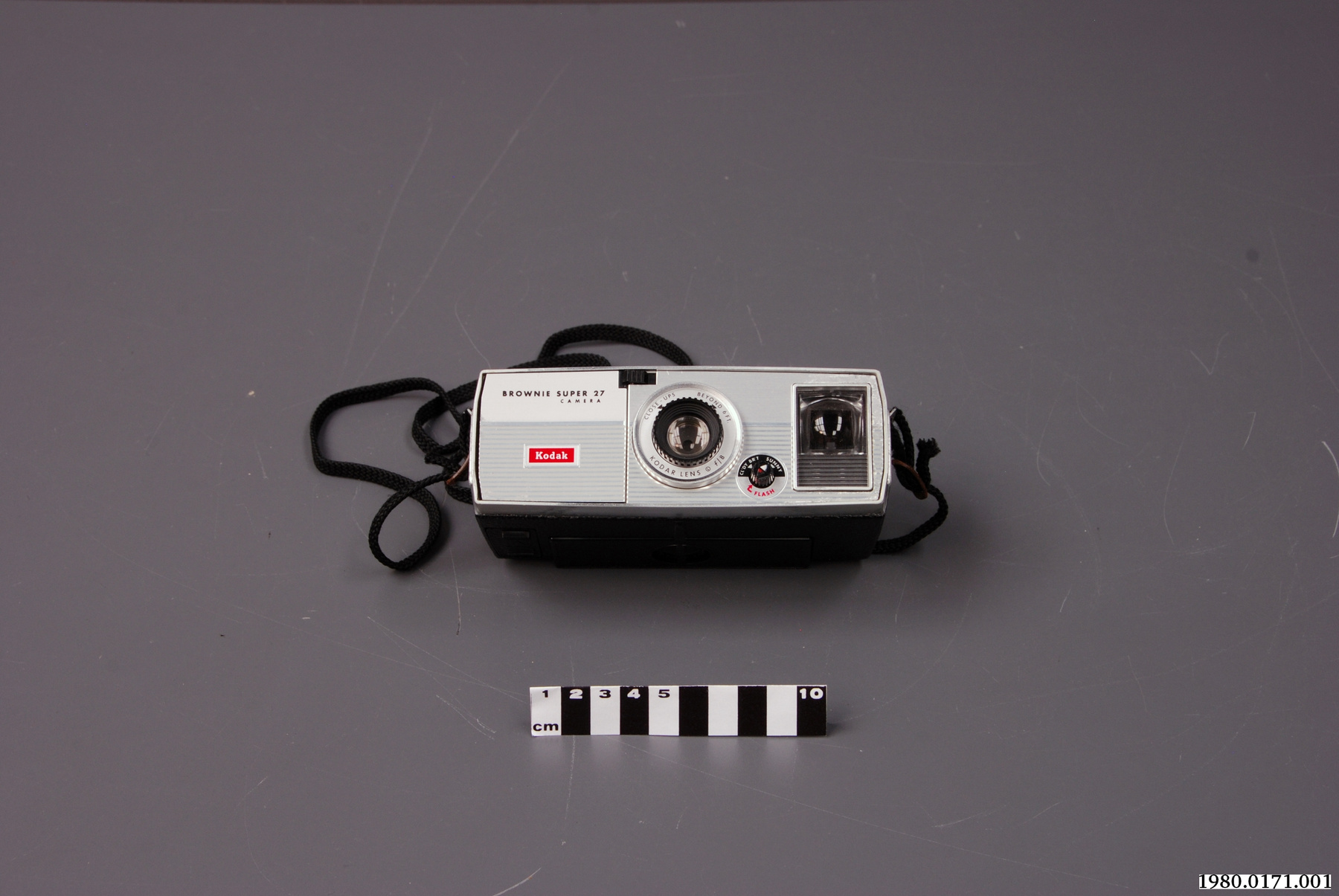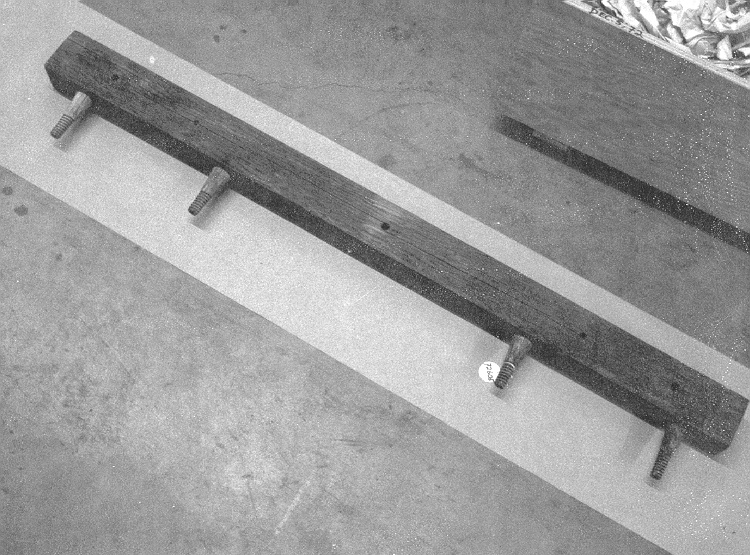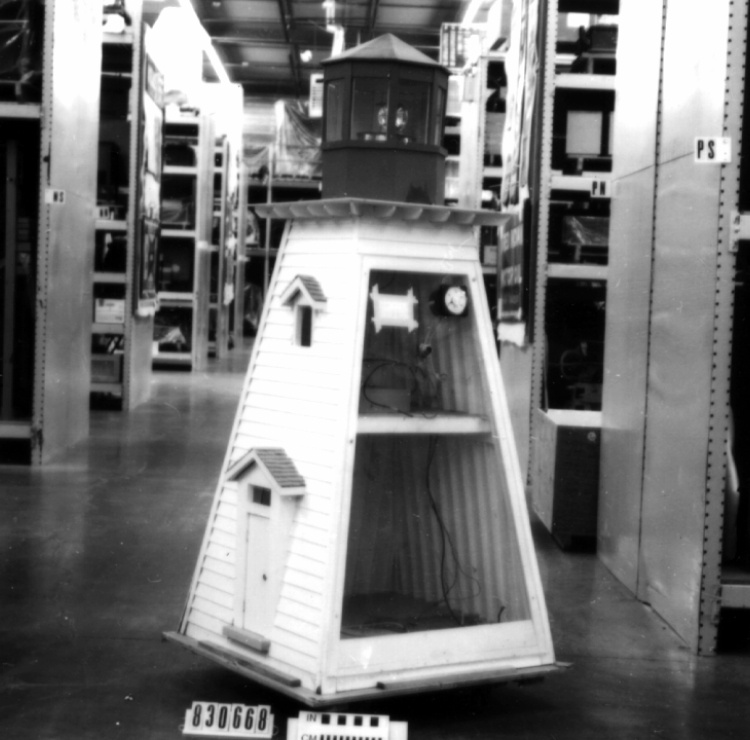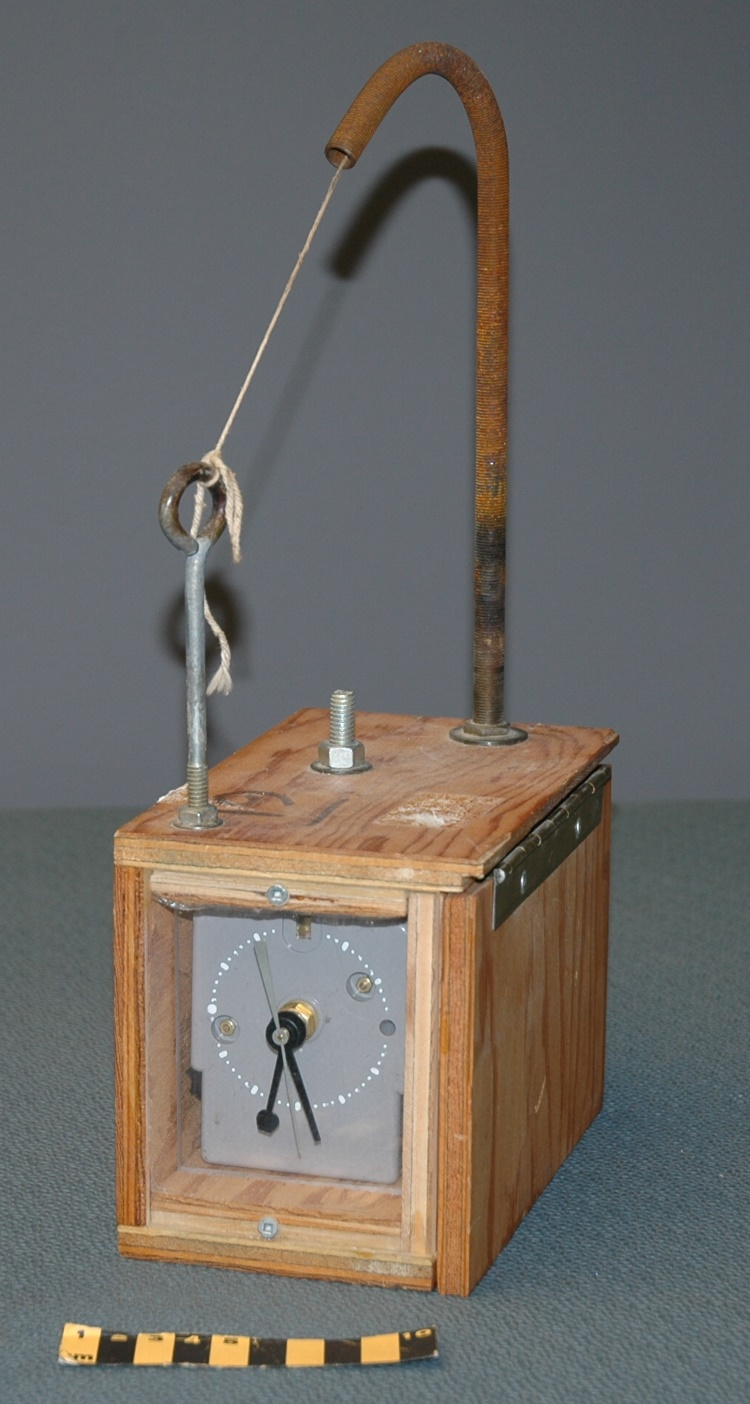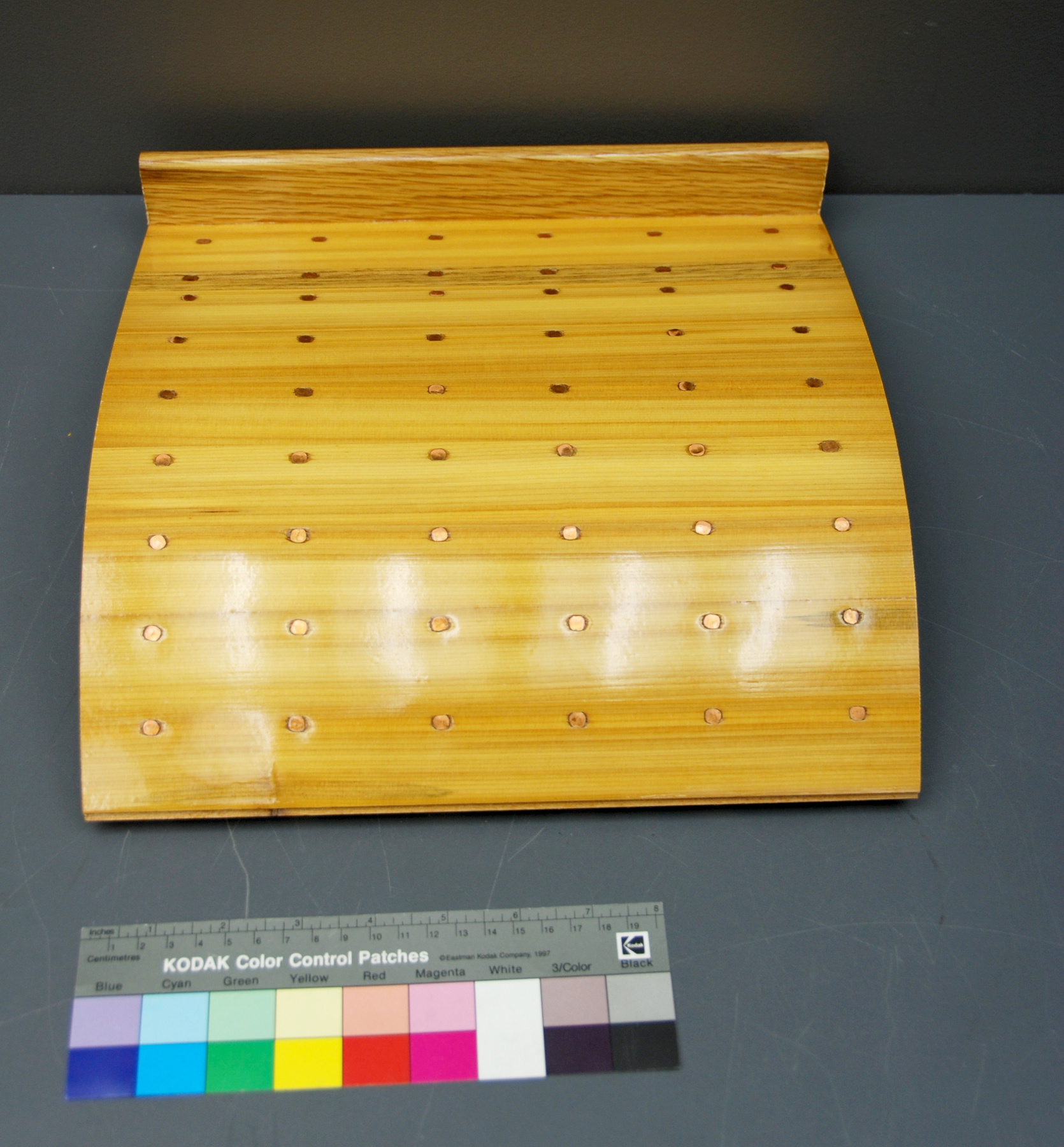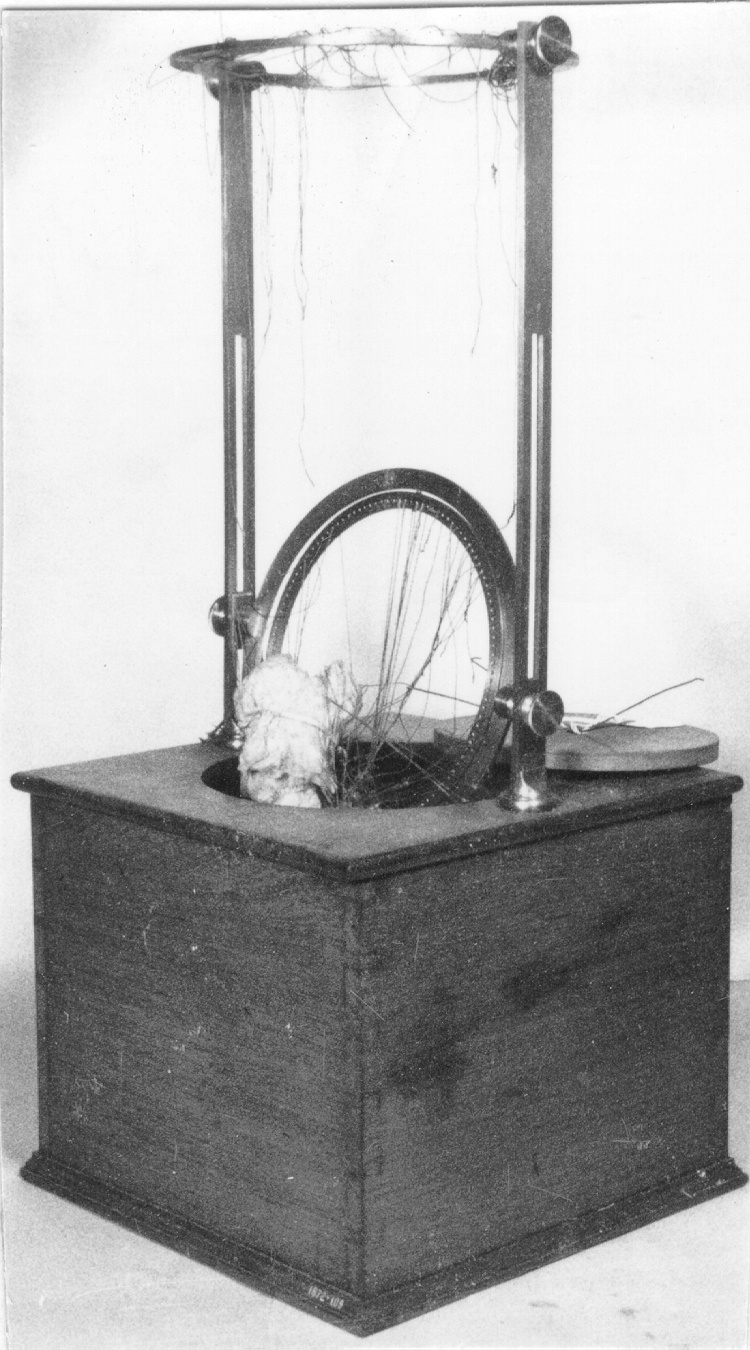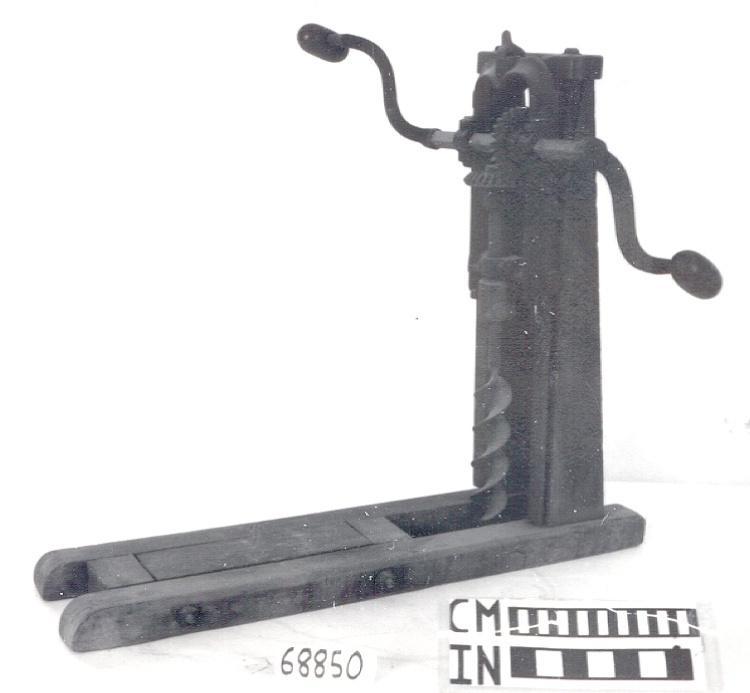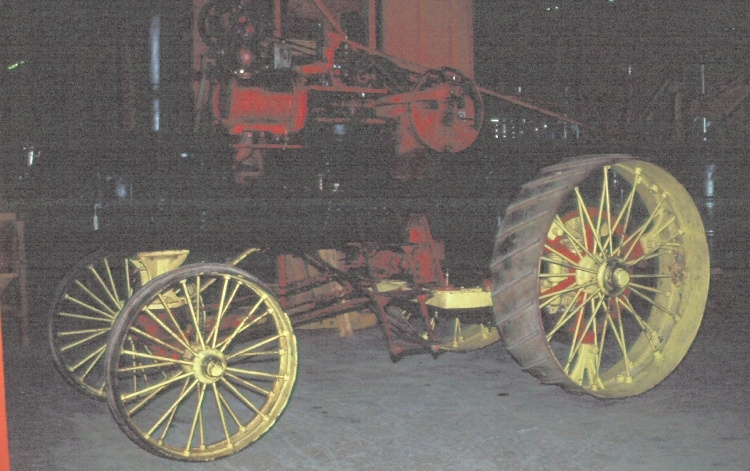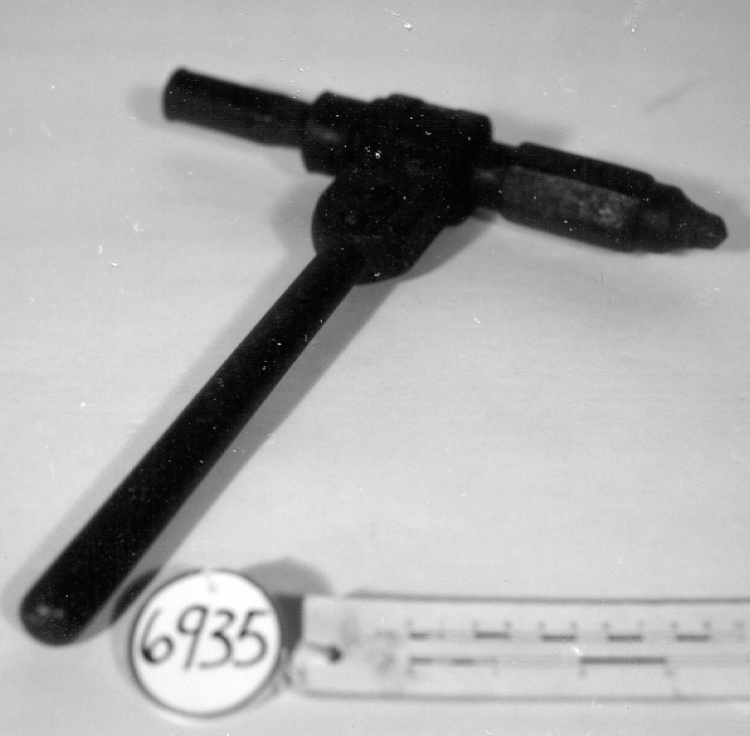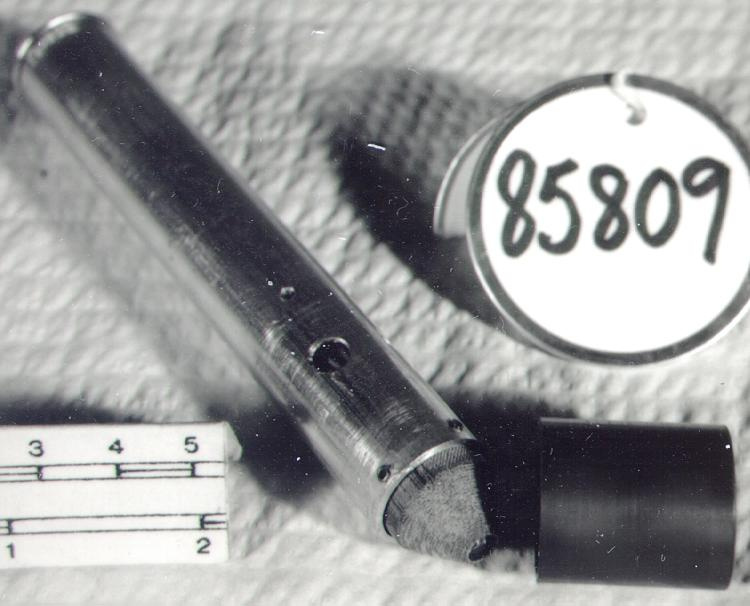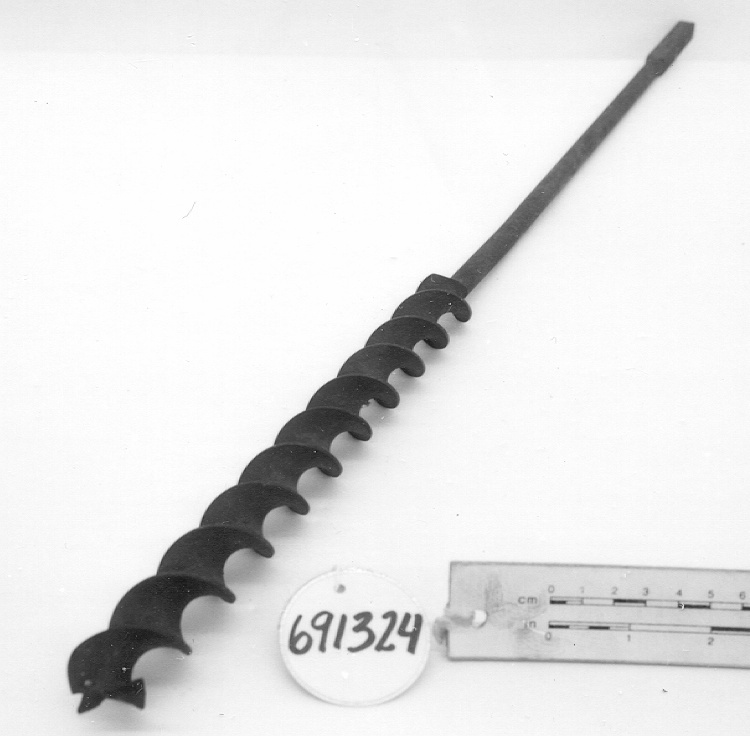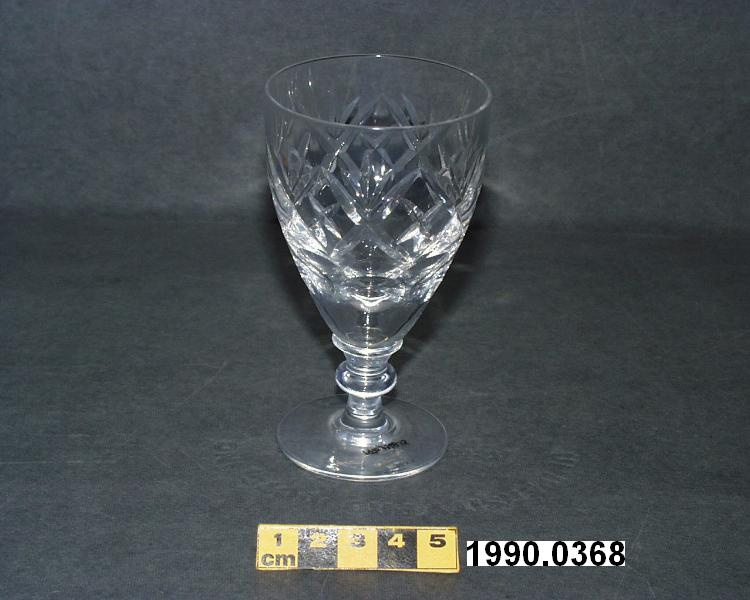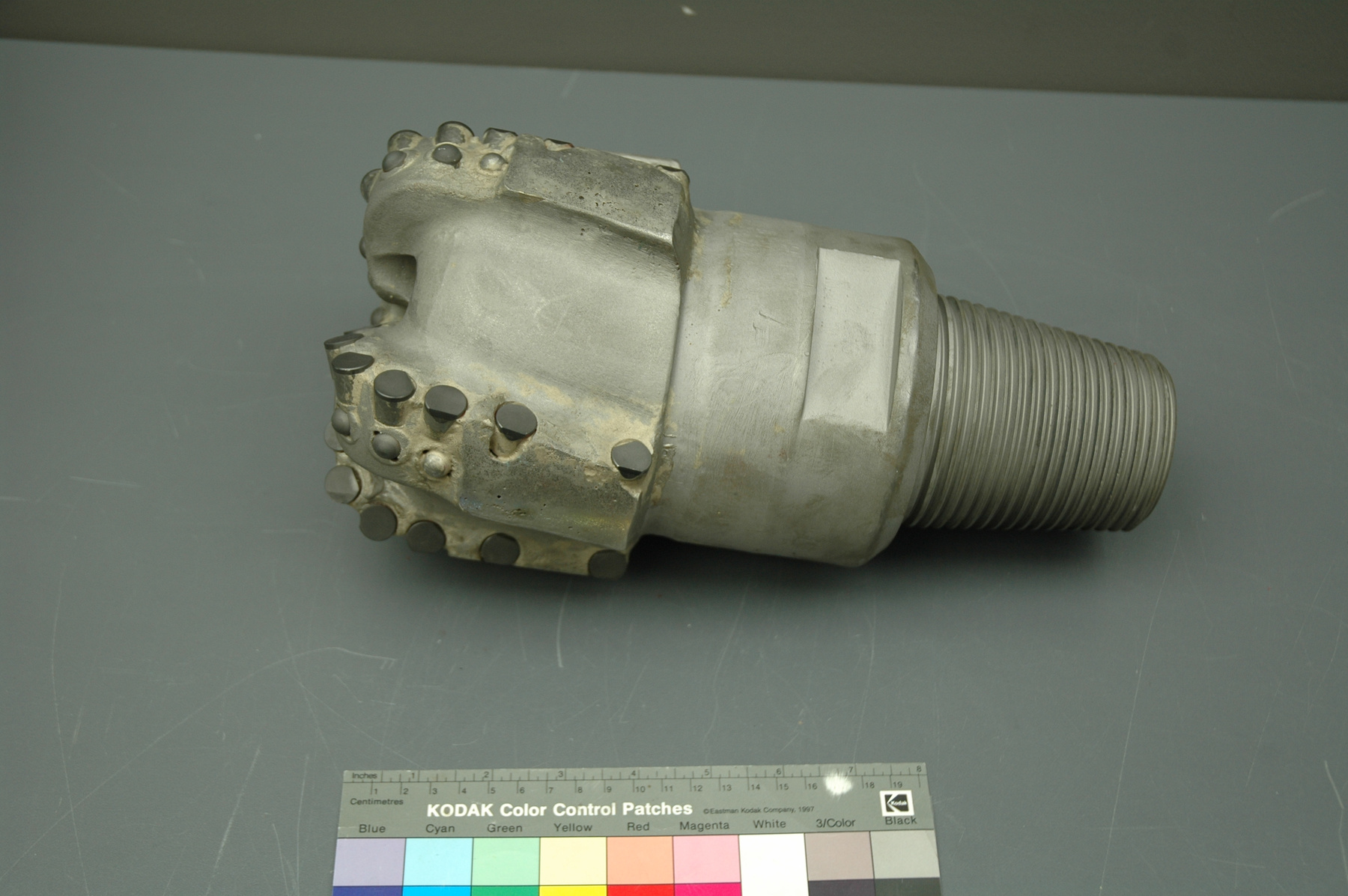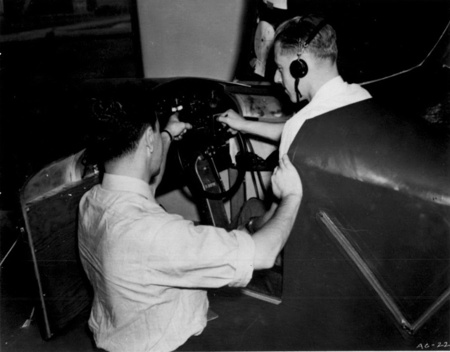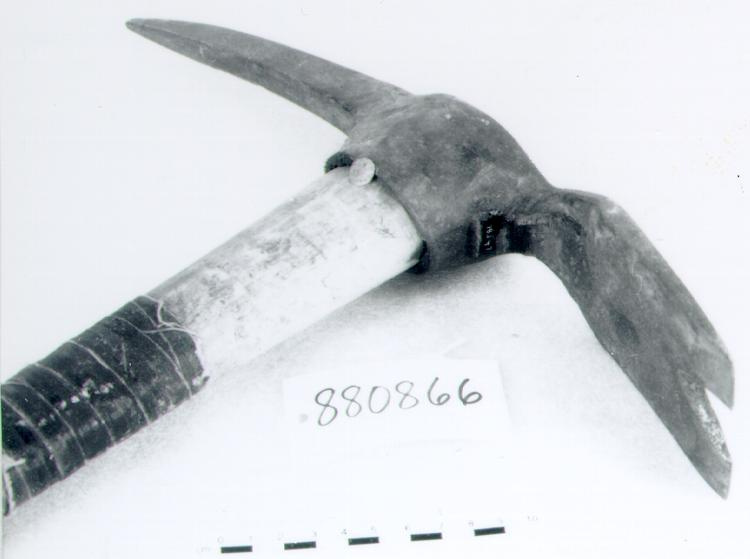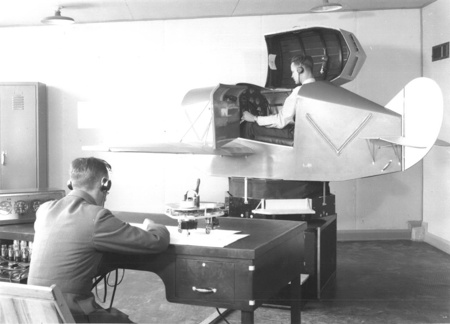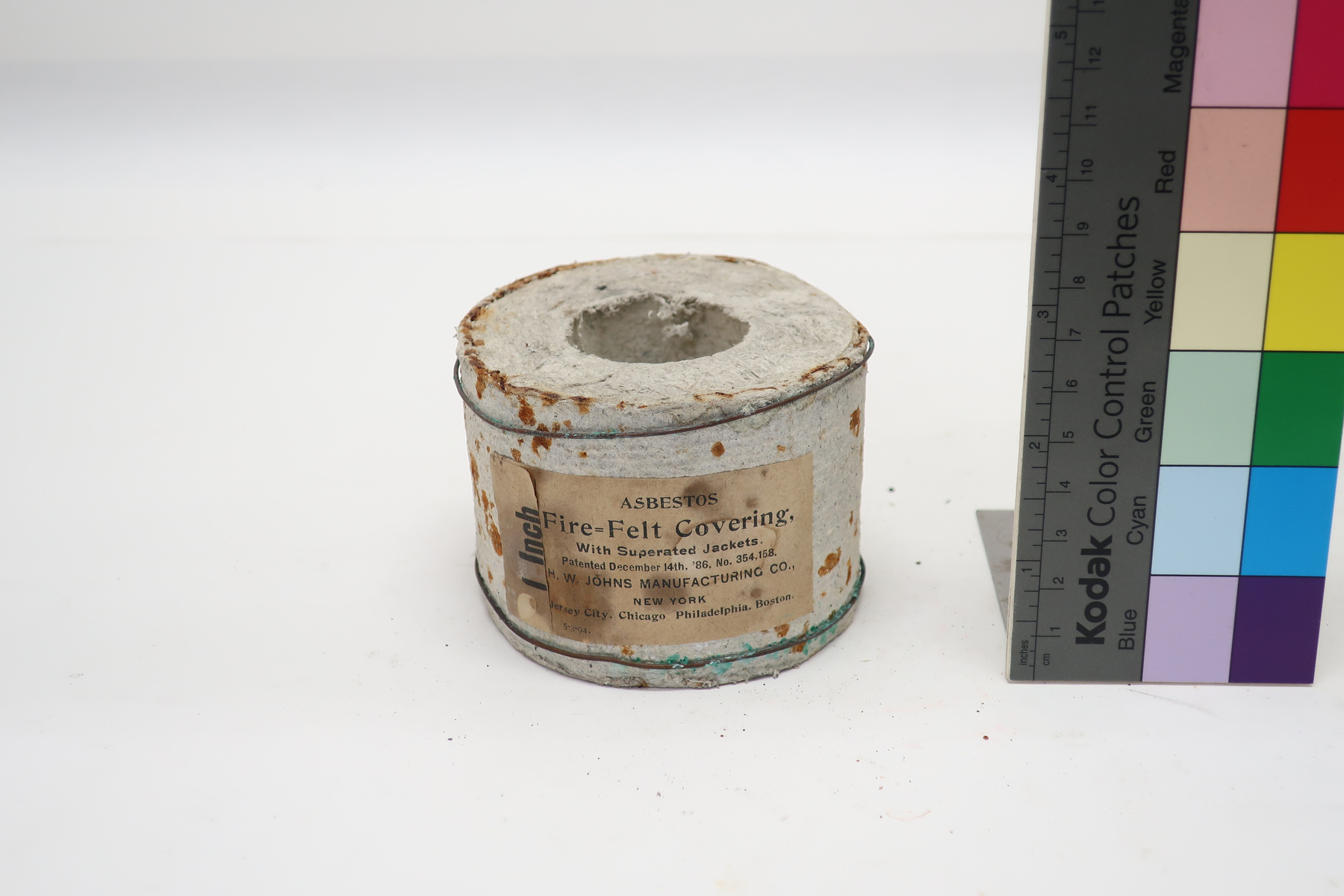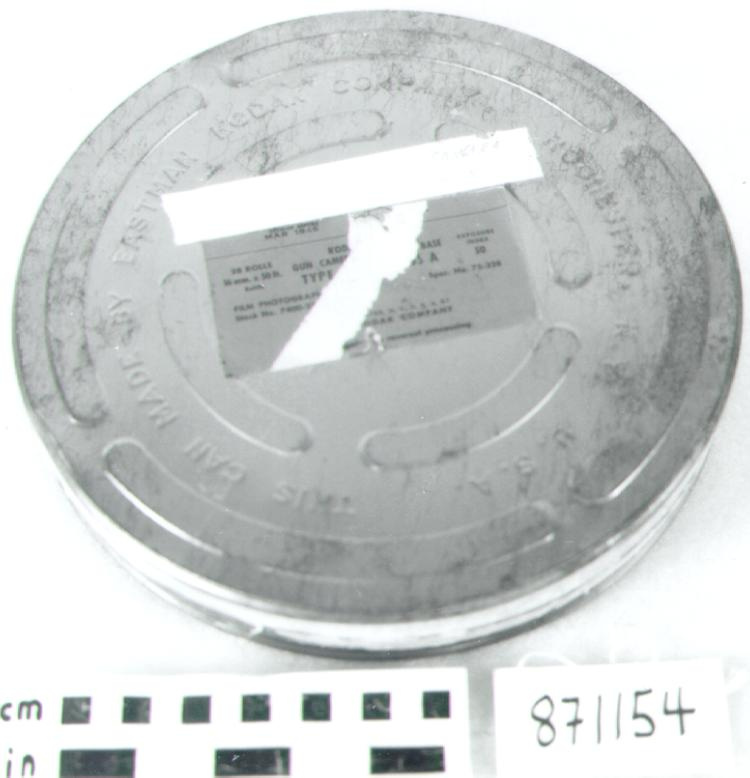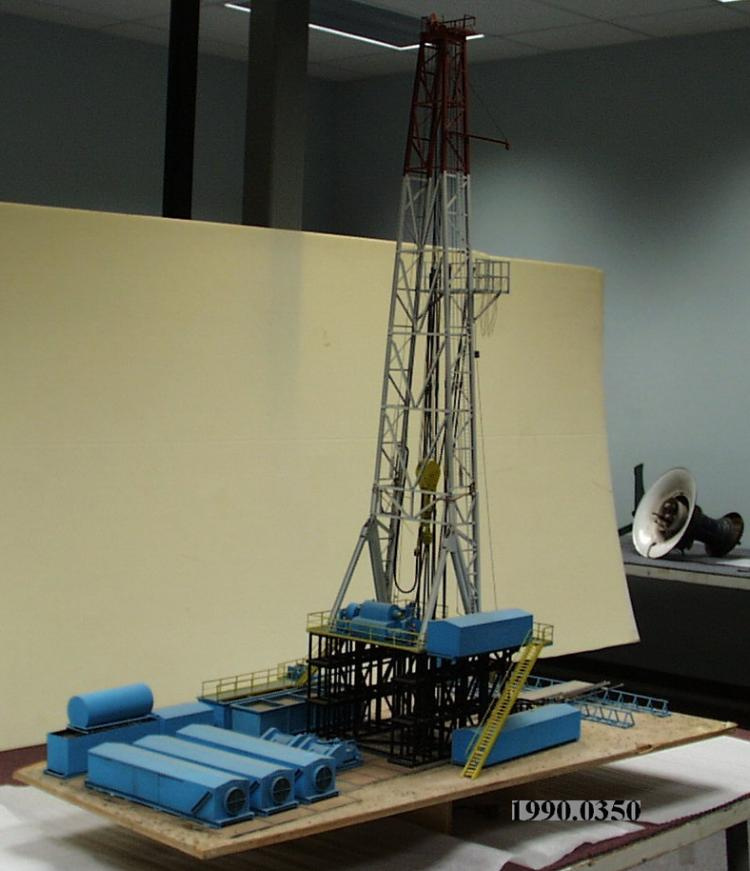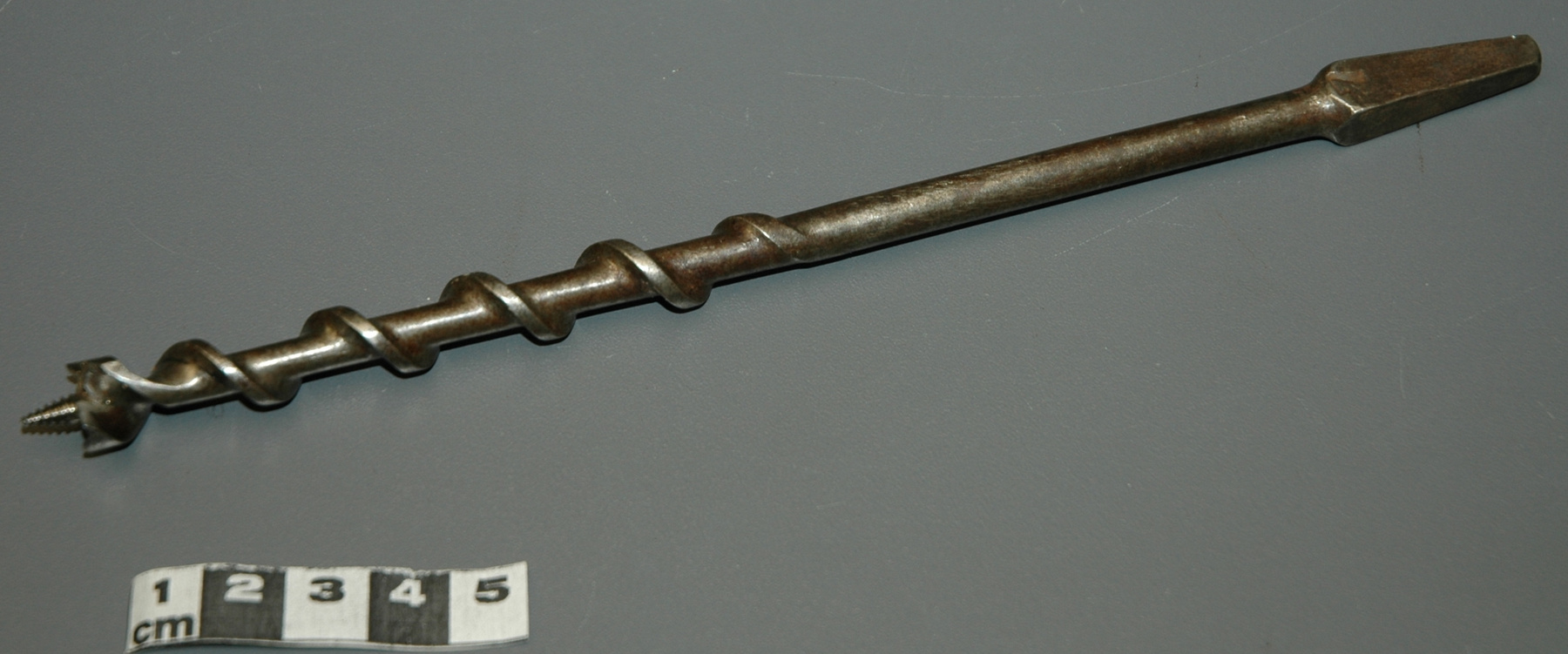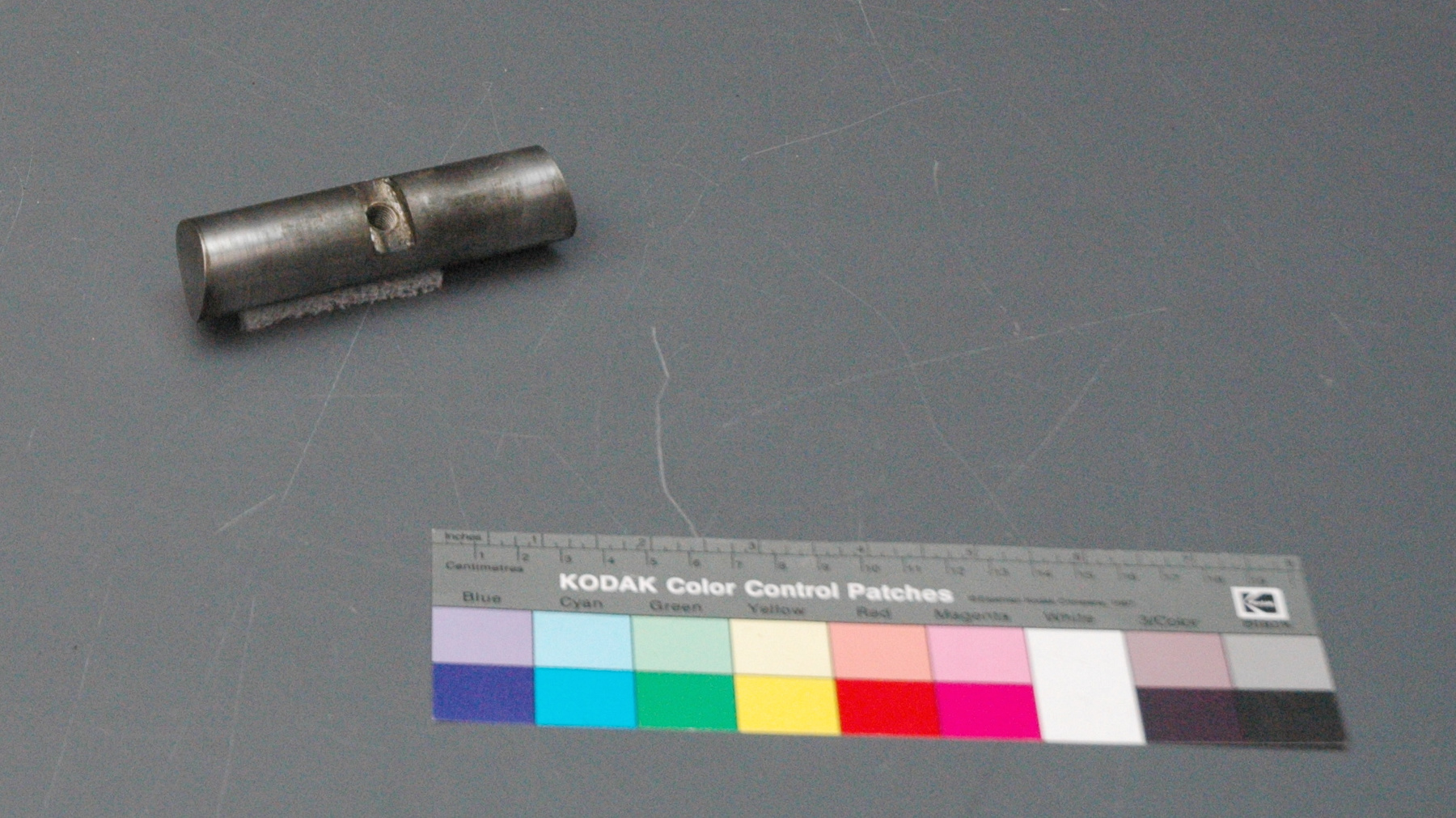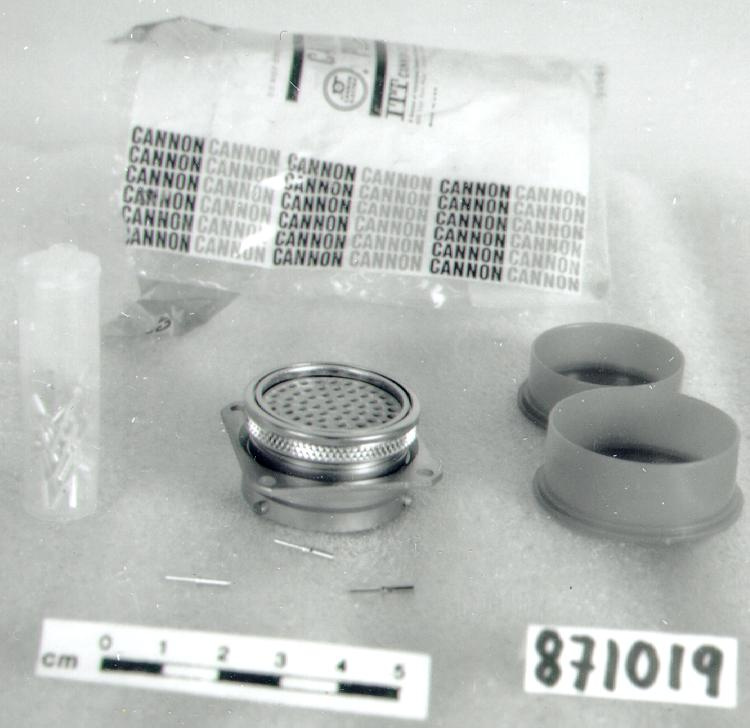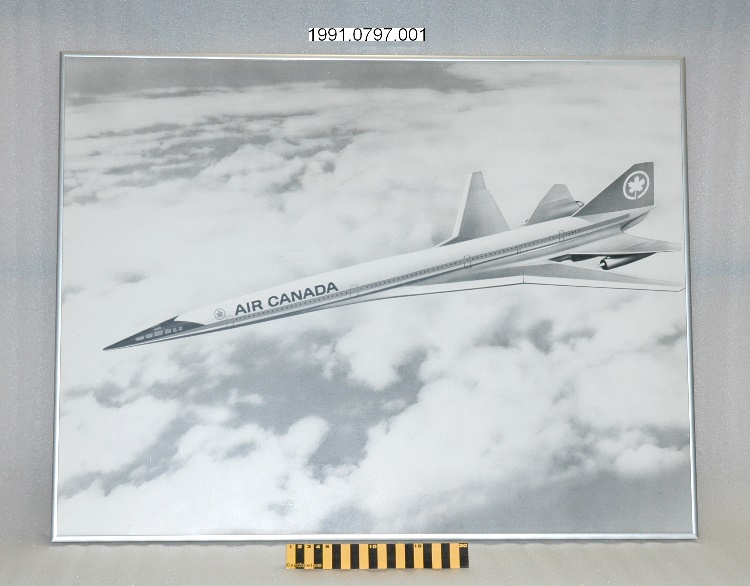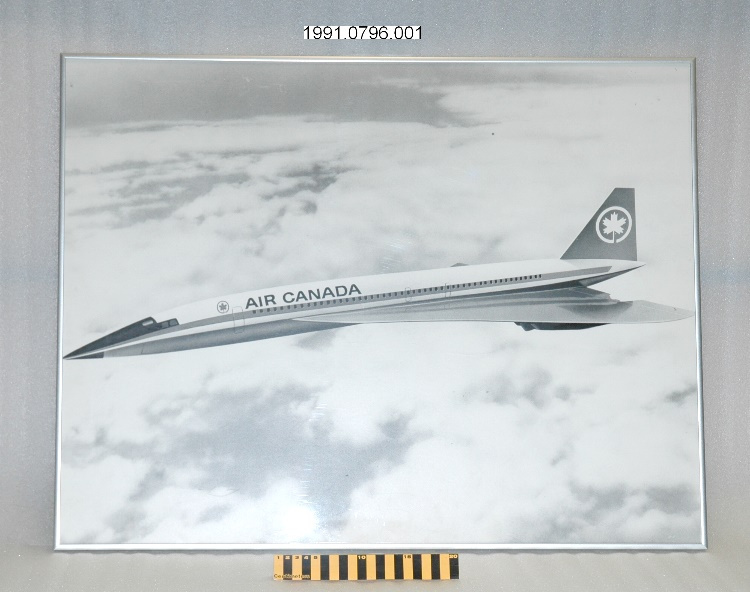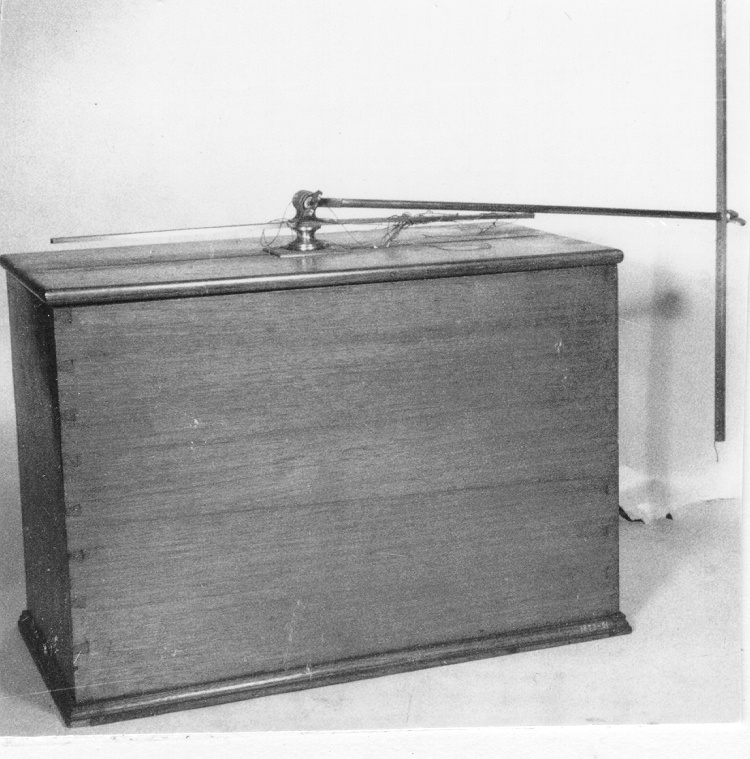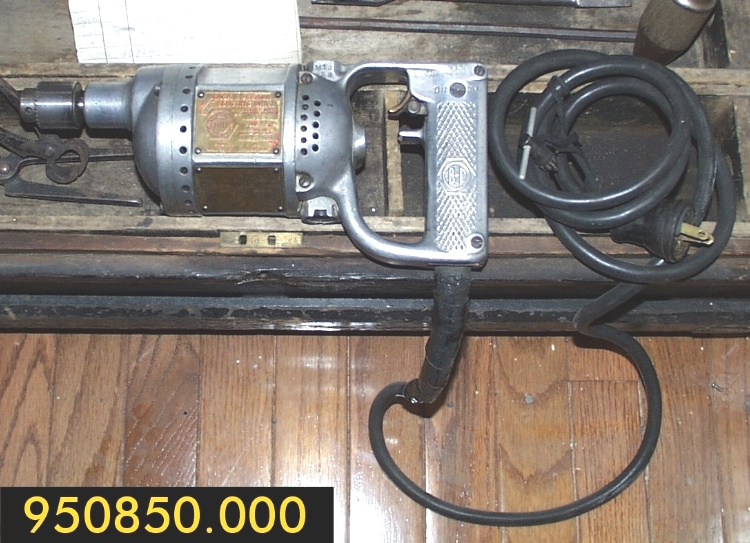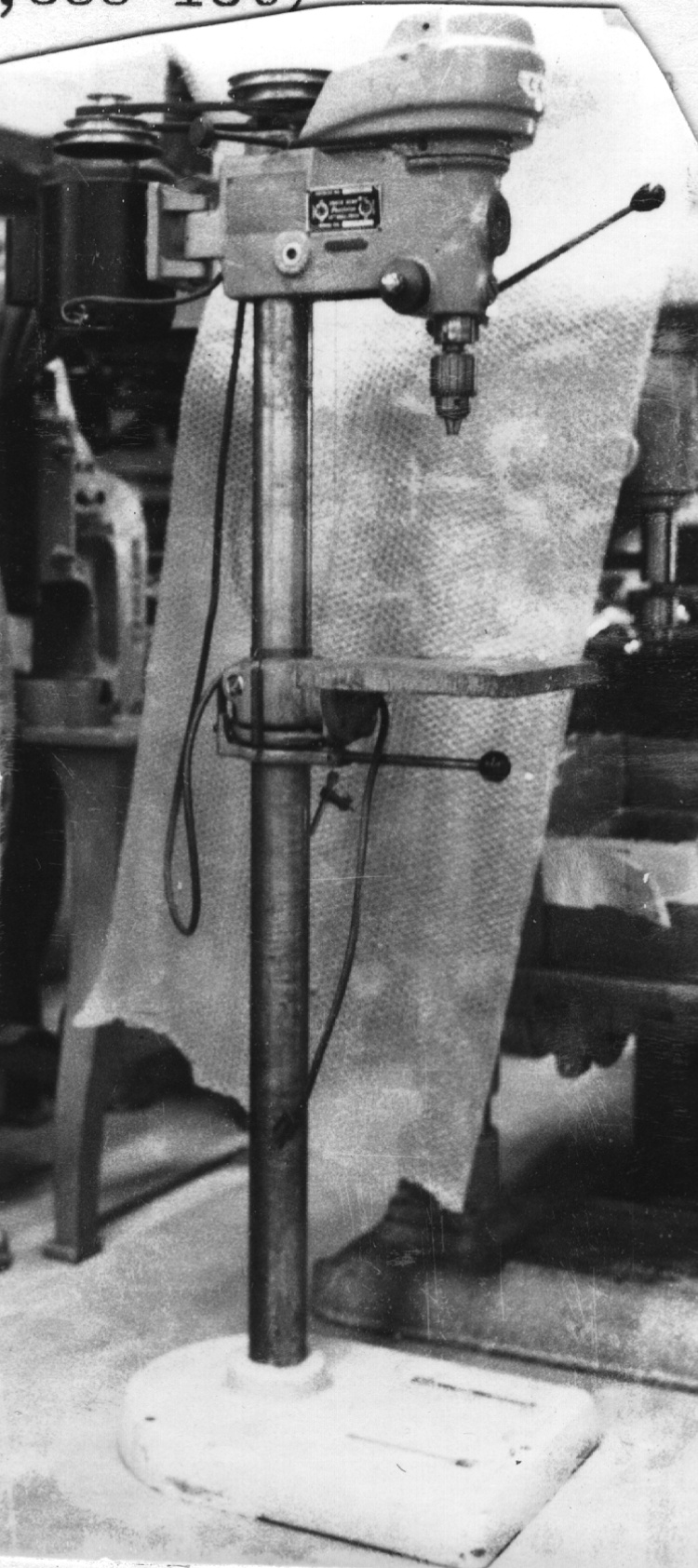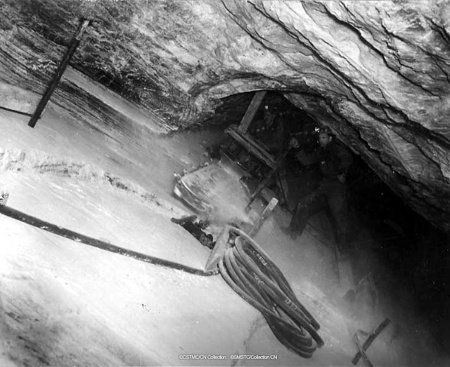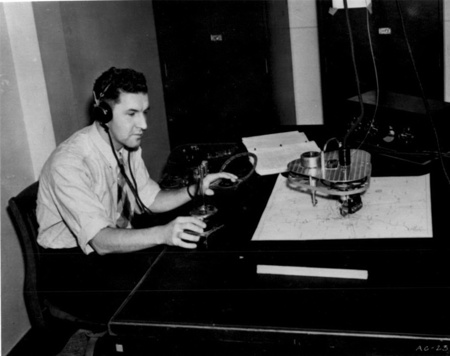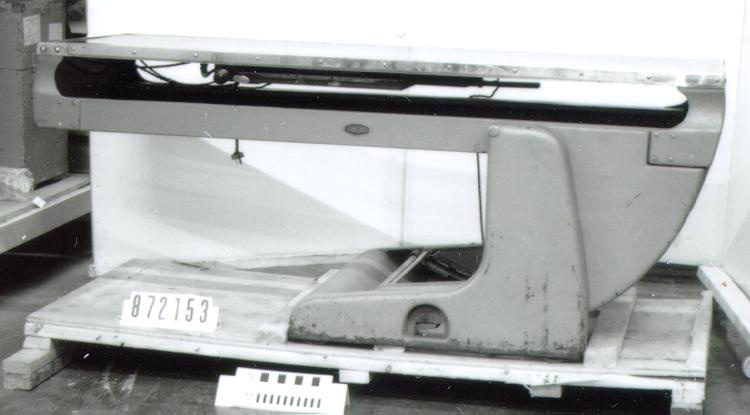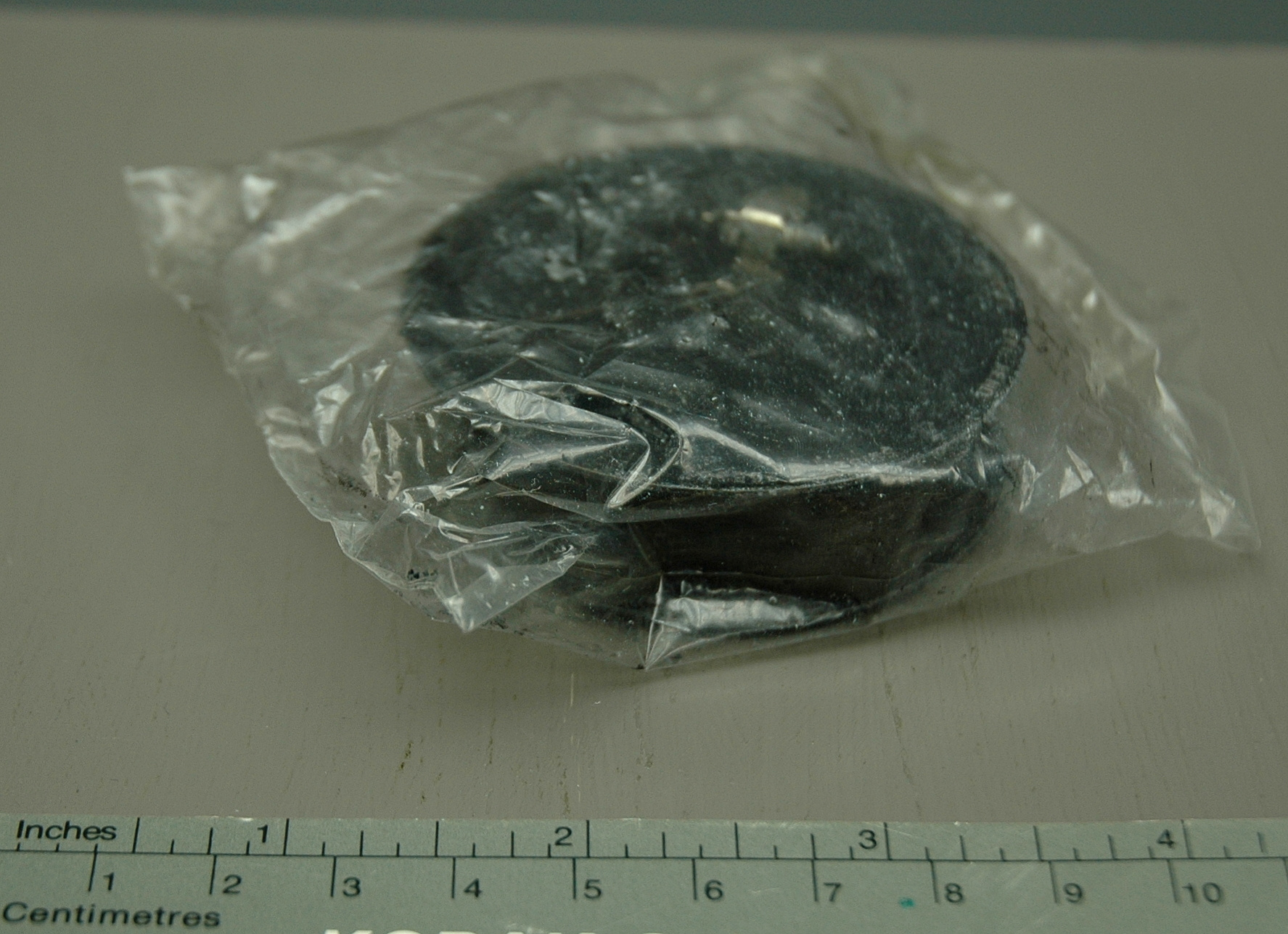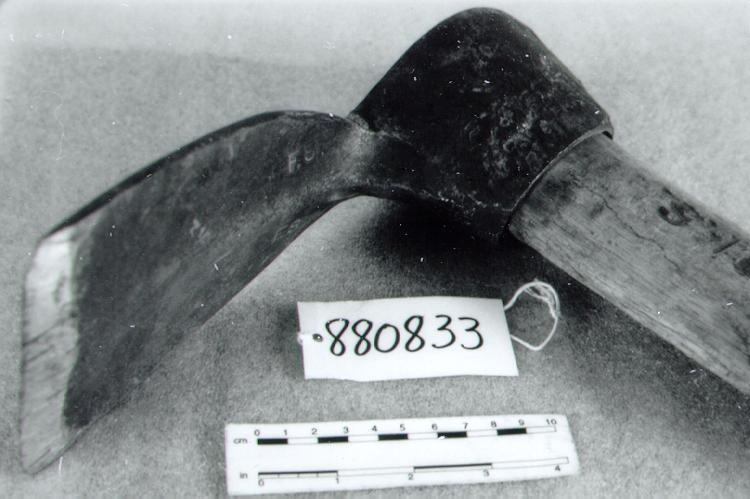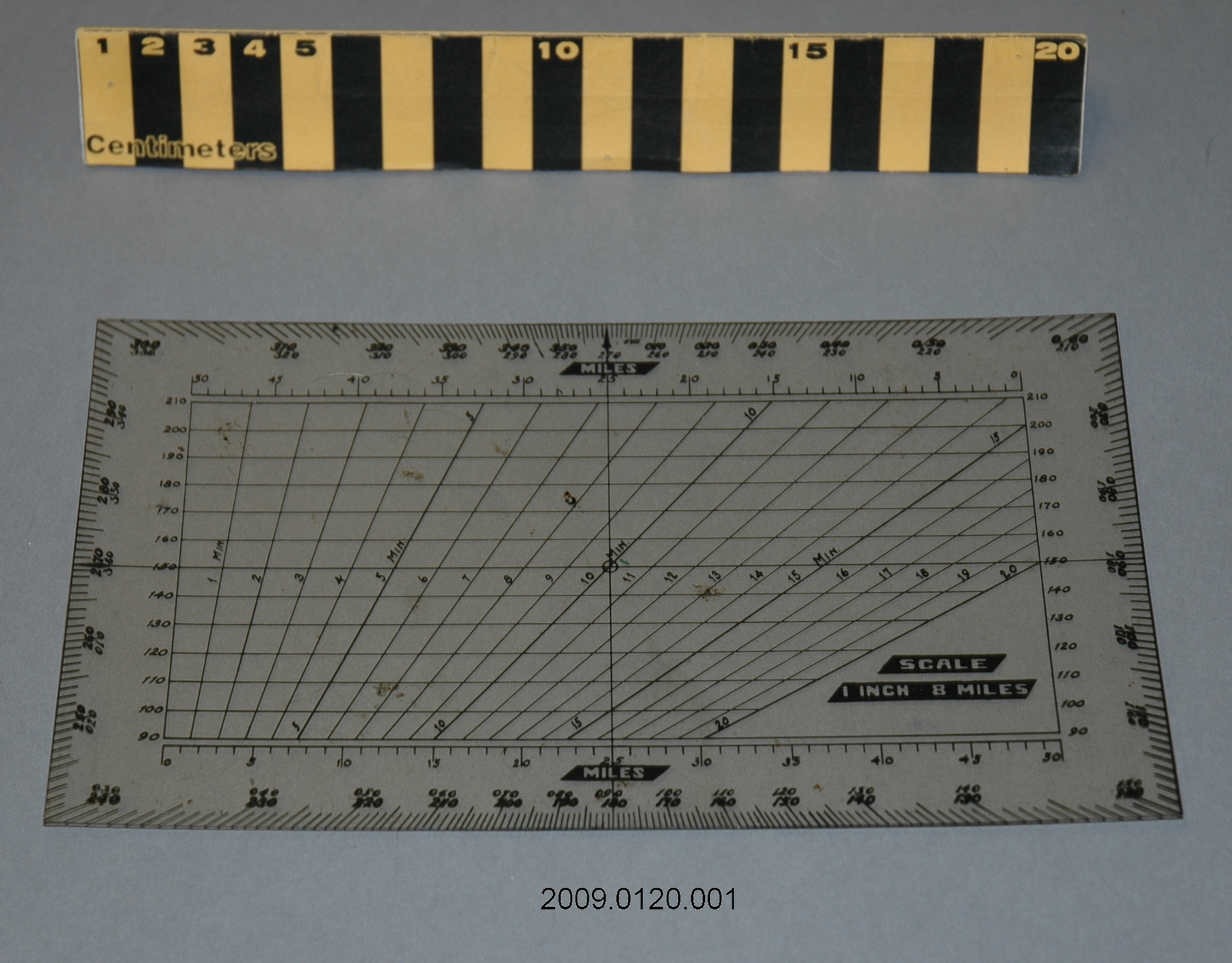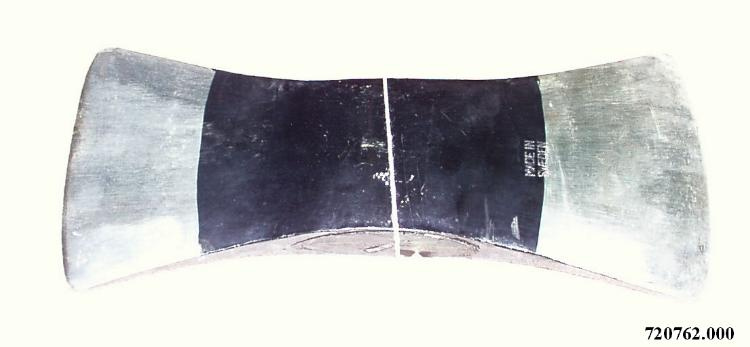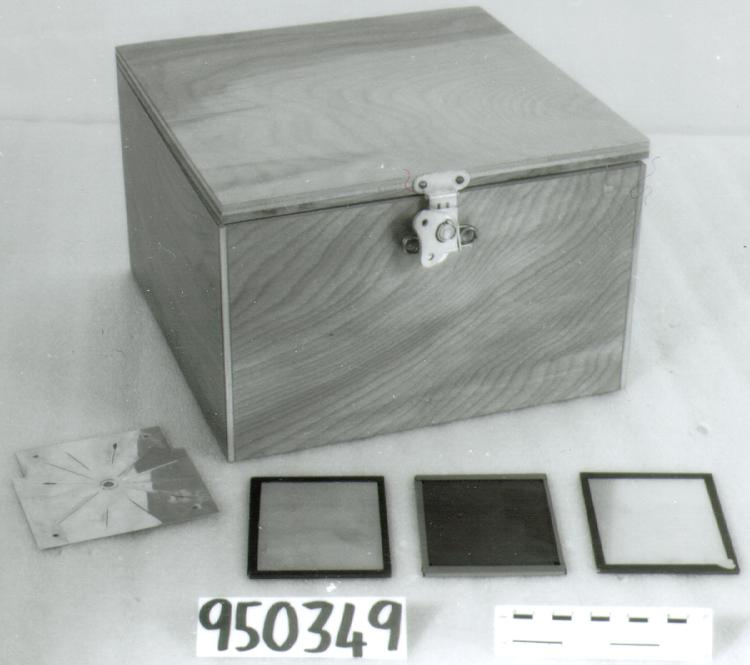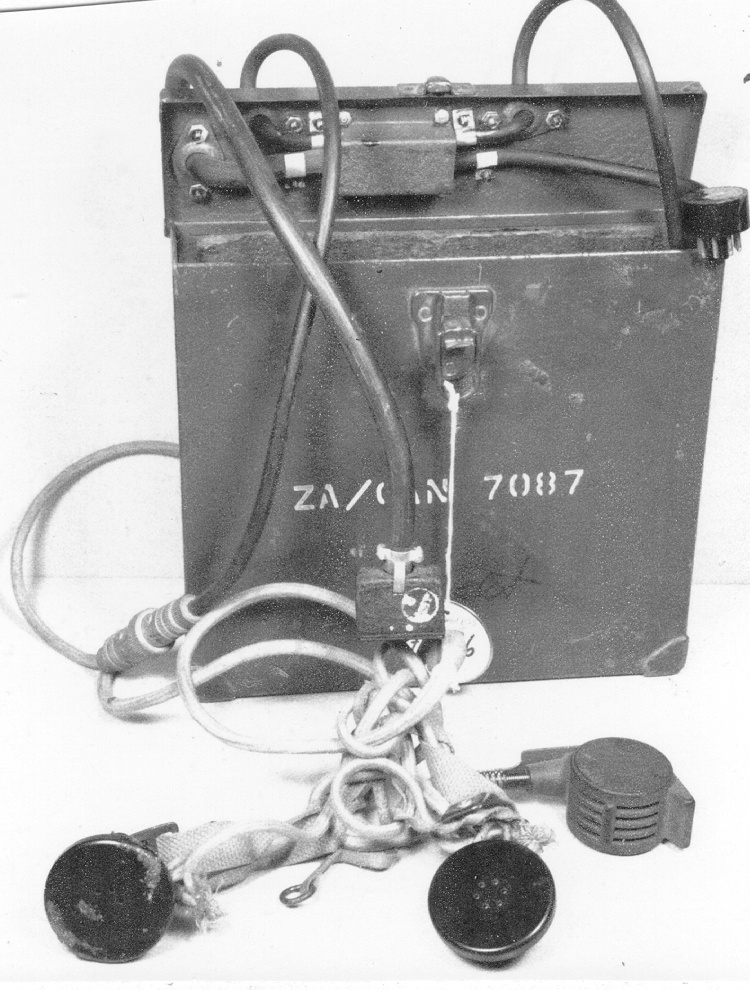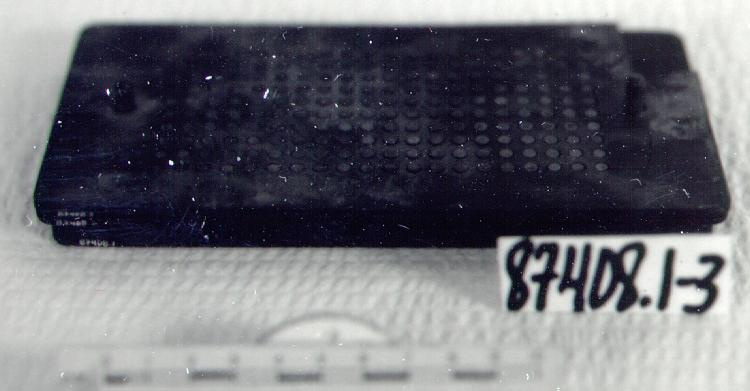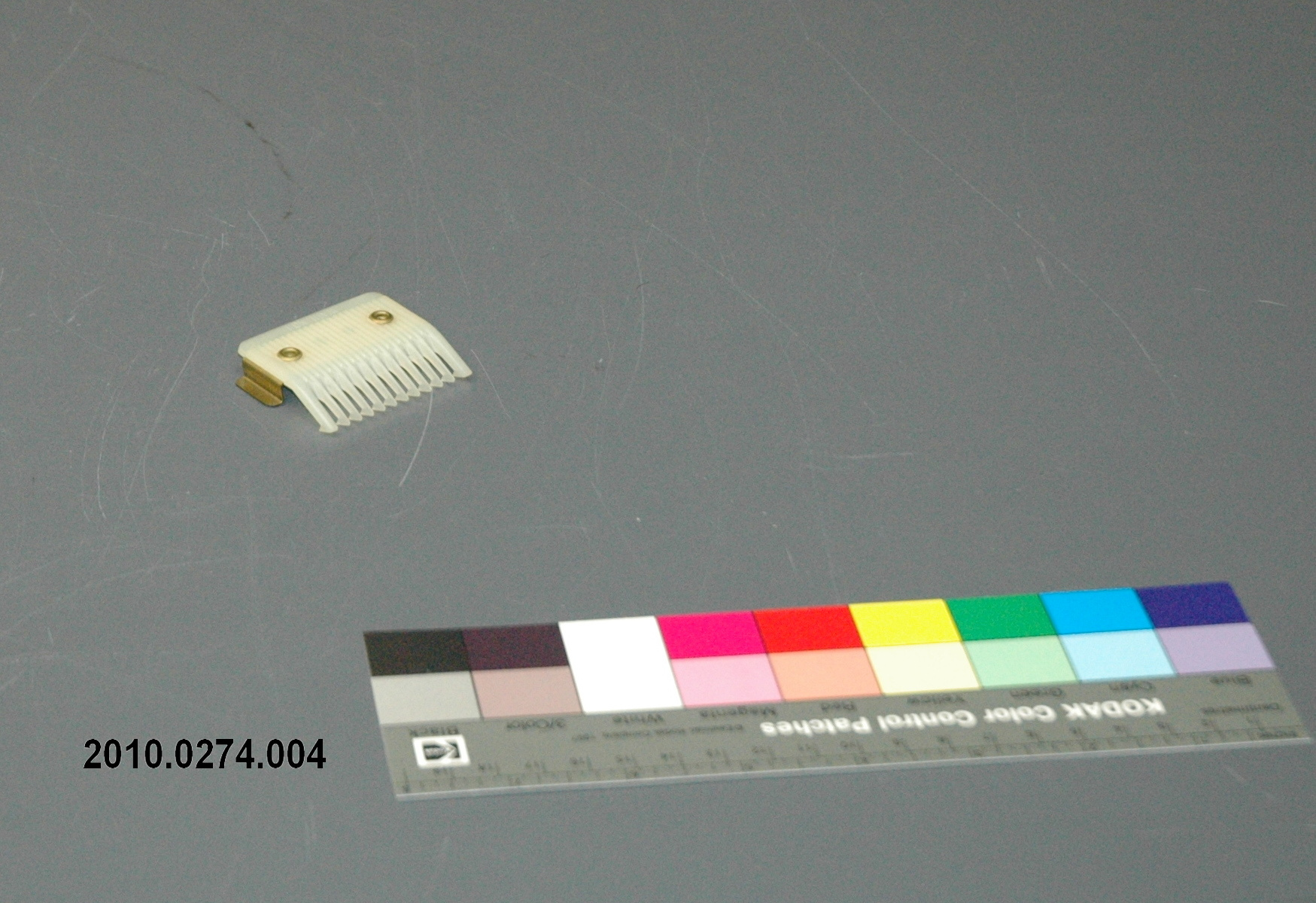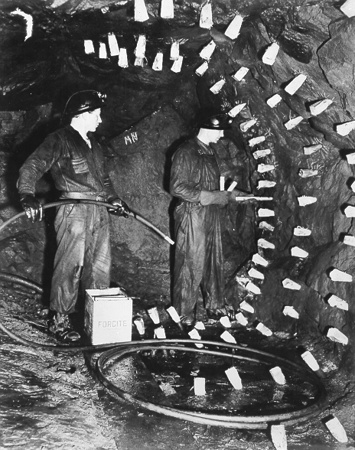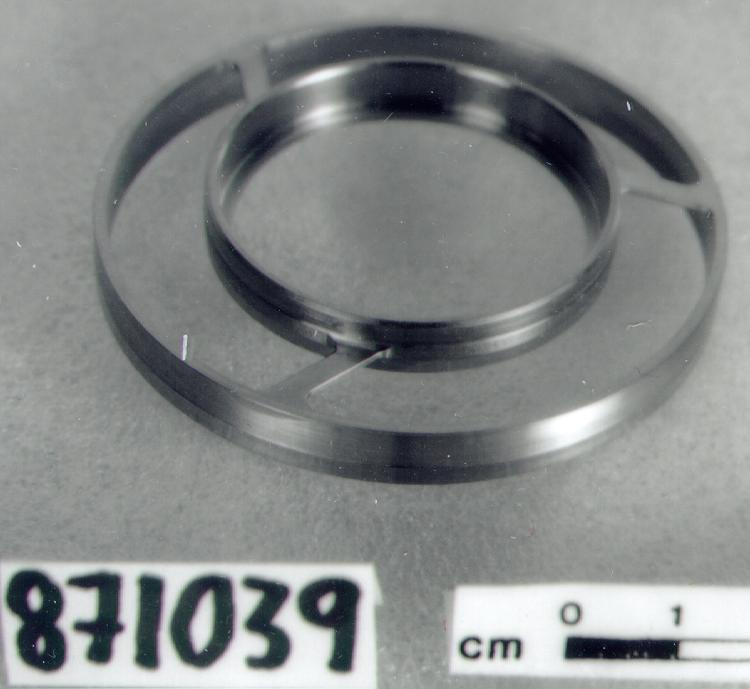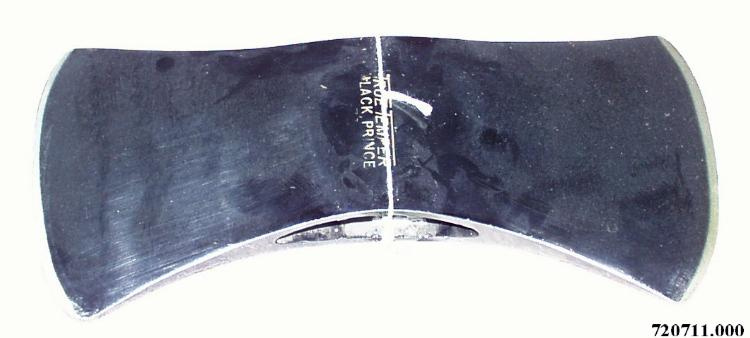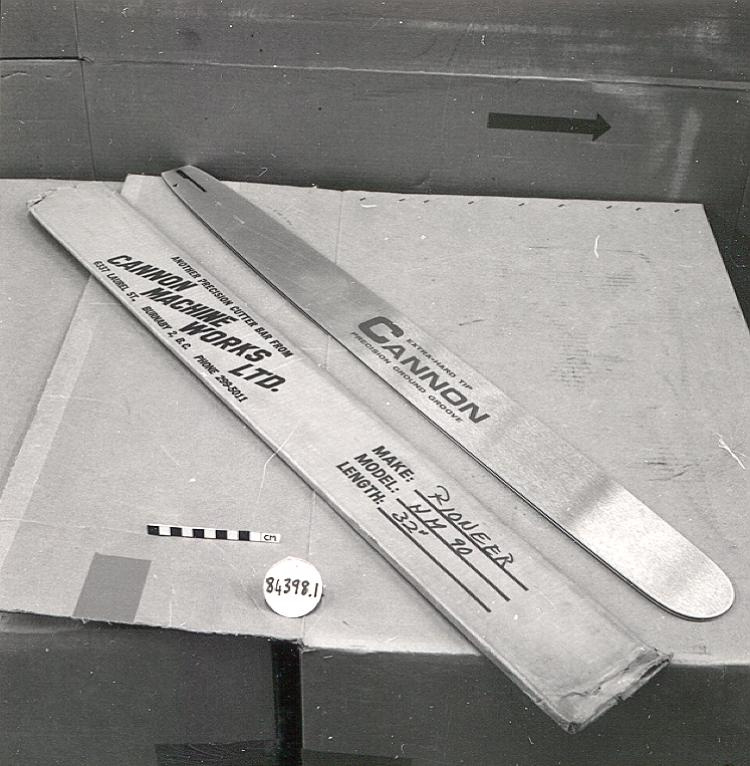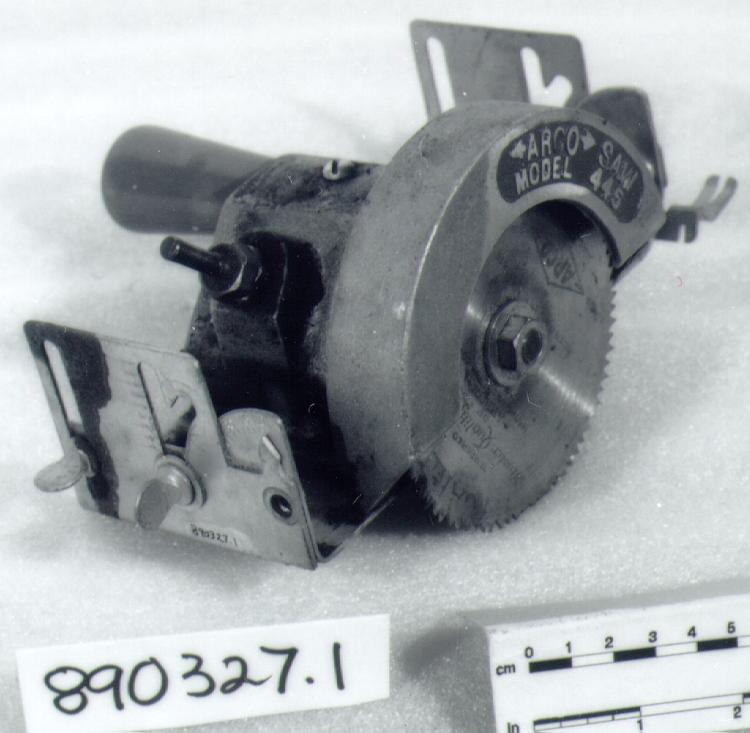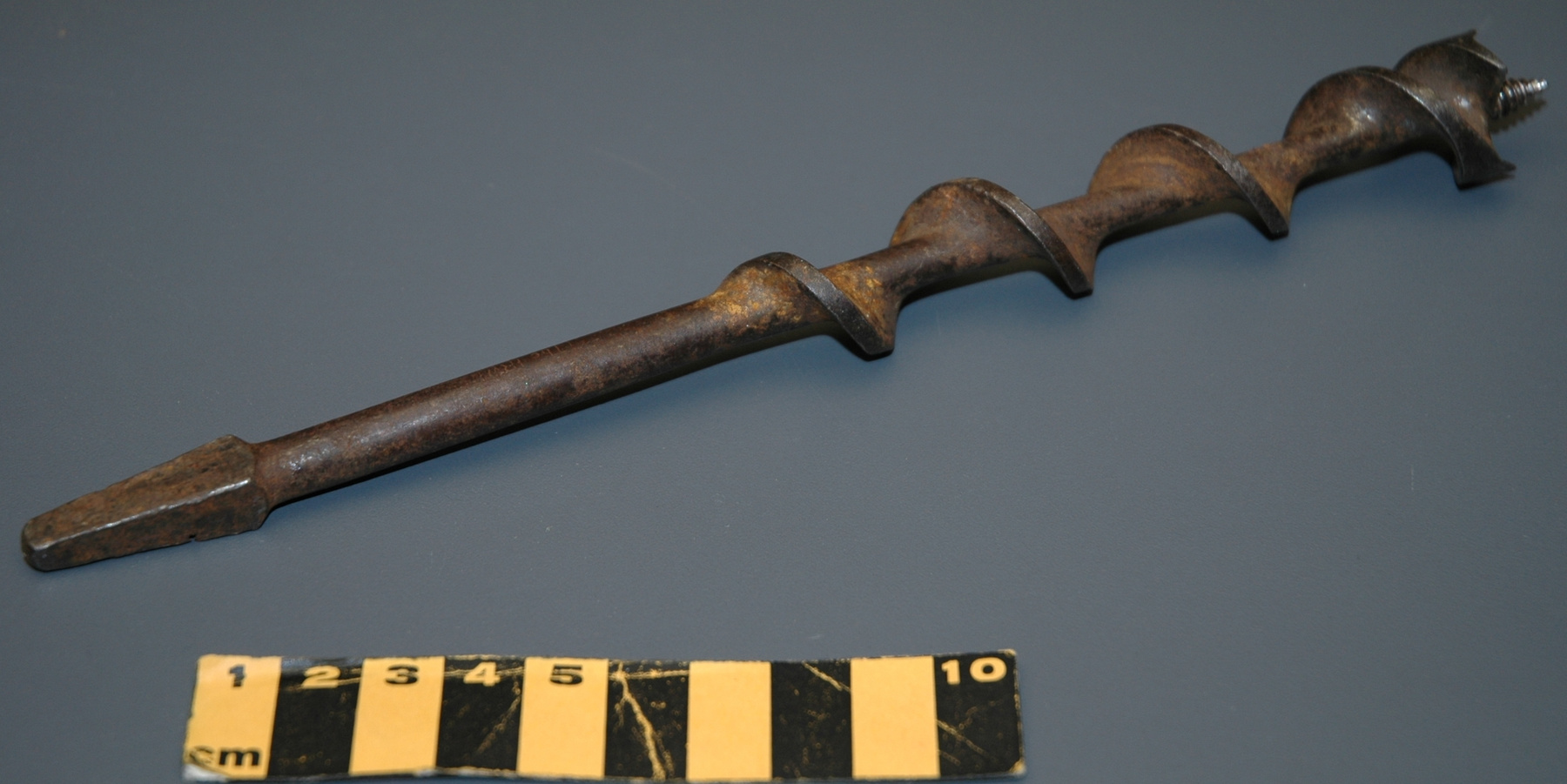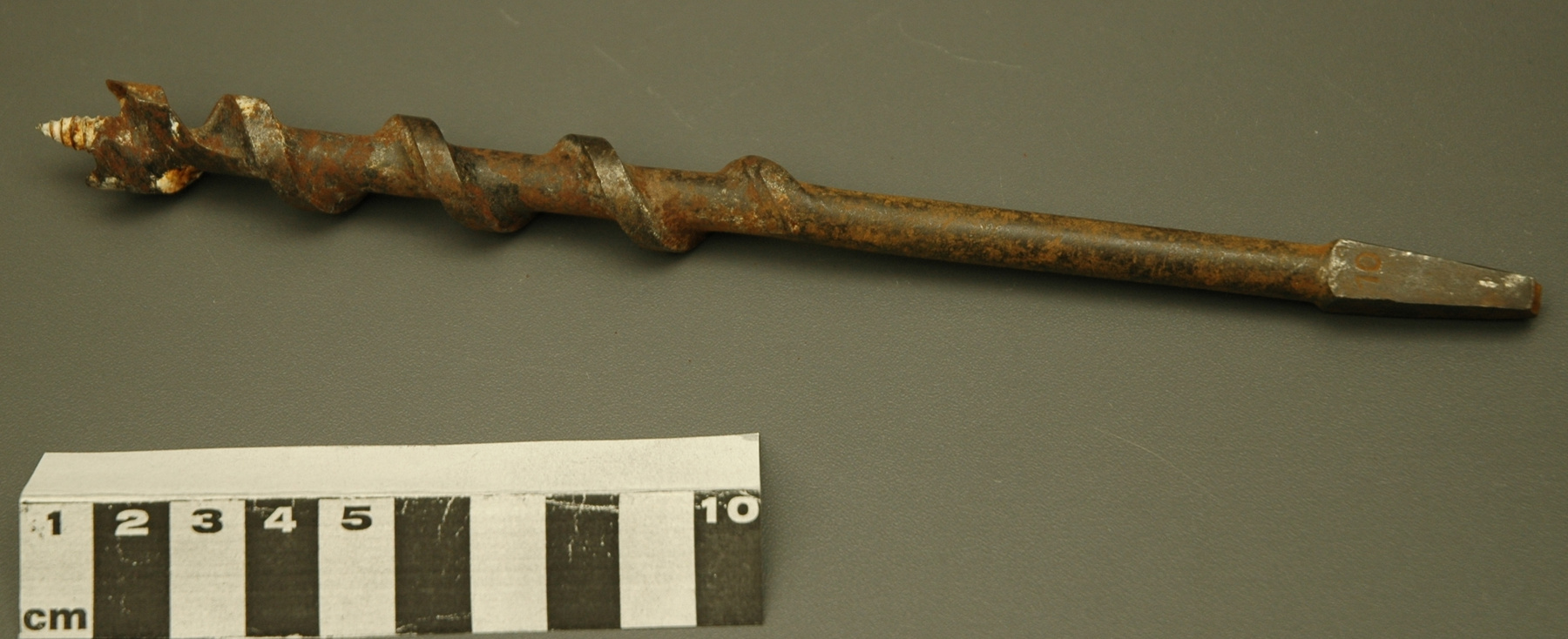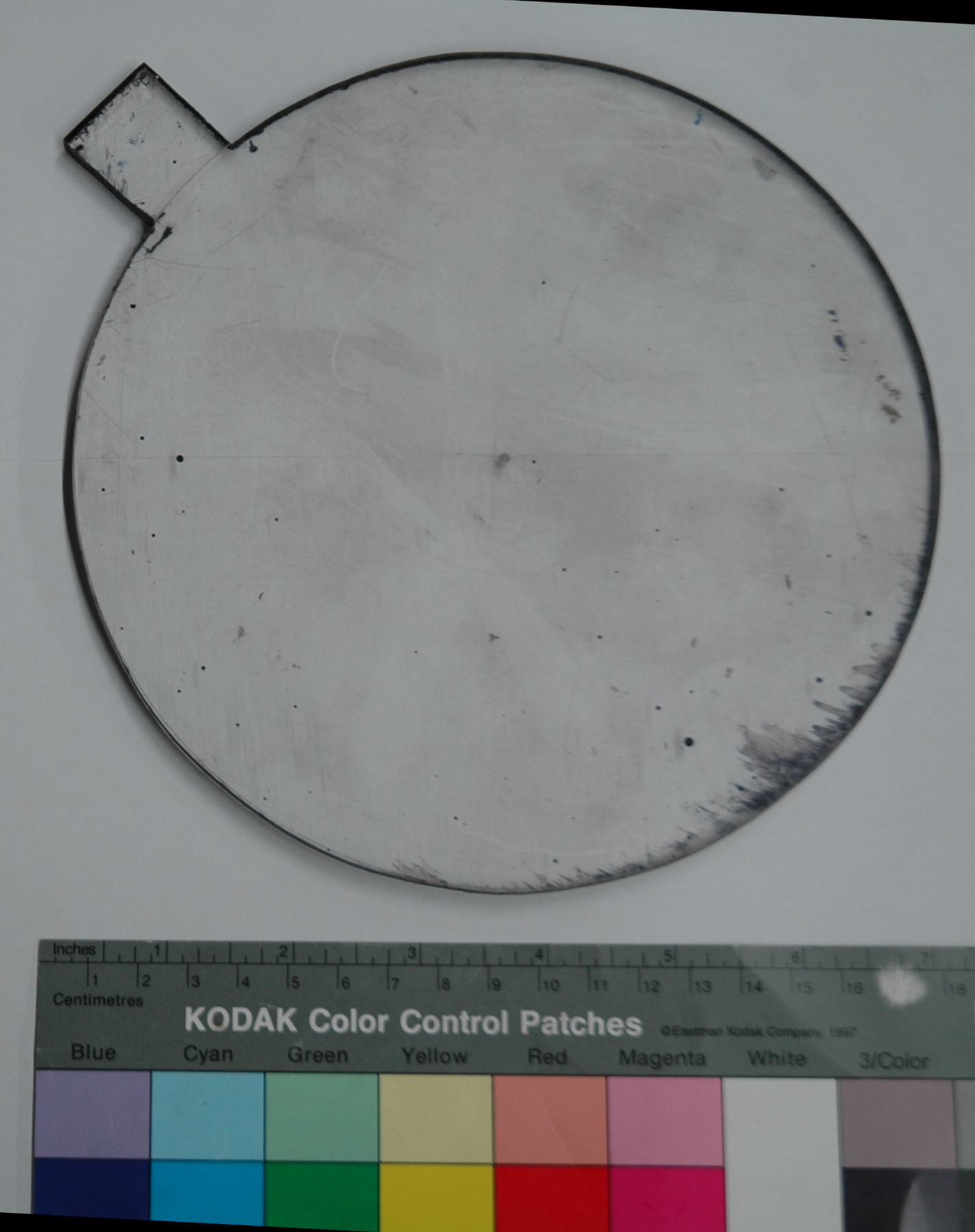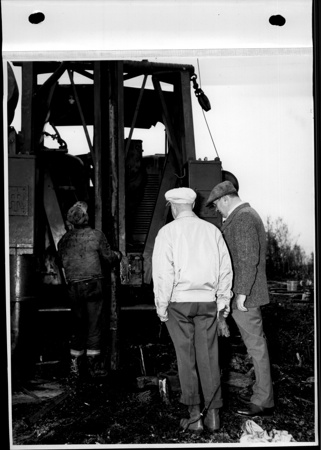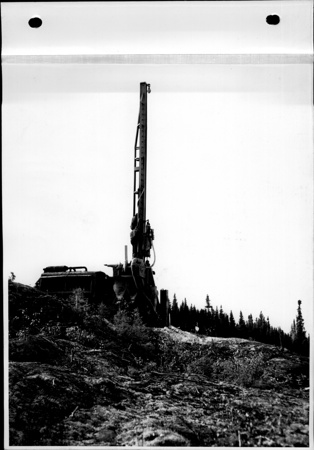Pattern, diaphragm
Use this image
Can I reuse this image without permission? Yes
Object images on the Ingenium Collection’s portal have the following Creative Commons license:
Copyright Ingenium / CC BY-NC-ND (Attribution-NonCommercial 4.0 International (CC BY-NC 4.0)
ATTRIBUTE THIS IMAGE
Ingenium,
2013.0140.004
Permalink:
Ingenium is releasing this image under the Creative Commons licensing framework, and encourages downloading and reuse for non-commercial purposes. Please acknowledge Ingenium and cite the artifact number.
DOWNLOAD IMAGEPURCHASE THIS IMAGE
This image is free for non-commercial use.
For commercial use, please consult our Reproduction Fees and contact us to purchase the image.
- OBJECT TYPE
- cutting
- DATE
- 2010
- ARTIFACT NUMBER
- 2013.0140.004
- MANUFACTURER
- NRC, Div. of Mechanical Engineering, Engine Laboratory
- MODEL
- Home Built
- LOCATION
- Ottawa, Ontario, Canada
More Information
General Information
- Serial #
- N/A
- Part Number
- 4
- Total Parts
- 6
- AKA
- N/A
- Patents
- N/A
- General Description
- Clear synthetic (Plexiglass ?) circle has square tab extending from one edge; small hole drilled in pattern centre.
Dimensions
Note: These reflect the general size for storage and are not necessarily representative of the object's true dimensions.
- Length
- 20.4 cm
- Width
- 17.8 cm
- Height
- 10.7 cm
- Thickness
- N/A
- Weight
- N/A
- Diameter
- N/A
- Volume
- N/A
Lexicon
- Group
- Aviation
- Category
- Research
- Sub-Category
- N/A
Manufacturer
- AKA
- NRC
- Country
- Canada
- State/Province
- Ontario
- City
- Ottawa
Context
- Country
- Canada
- State/Province
- Ontario
- Period
- Unknown
- Canada
-
Canada’s first fully functional flight impact simulator. National Research Council of Canada has been using flight impact simulators [FIS] for almost half a century. Indeed, few organisations on this Earth have been involved in bird strike testing longer than NRC. NRC has played a crucial role in making flying safer. It is very likely, if not almost certain, that the flight impact simulators located in Ottawa were the inspiration for the Chicken Cannon irregularly put to use on the CBC’s weekly television show Royal Canadian Air Farce. The Chicken Cannon made its appearance on Friday, March 4th, 1994. It was apparently last fired on Thursday, December 18th or Friday, December 19th, 2008, at the taping of the show’s very popular New Year’s special. Throughout the years, the Chicken Cannon was loaded and fired by one of the show’s most popular character, Colonel “Teresa” Stacey, played by Don Ferguson. As well as a sizeable number of rubber chickens, the Chicken Cannon fired a bewildering variety of items, primarily food, at photos of individuals, either Canadian or foreign, who were deemed to be the most annoying at the time. Viewers proposed many targets. [Ref. 1] - Function
-
General: Used in creation of multiple items of uniform size and/or shape. Specific: Used in cutting of burst diaphragms for 3.5 inch flight impact simulator. - Technical
-
Using this pattern, stacks of burst diaphragms for the 3.5 inch flight impact simulator were cut on a bandsaw. A stack could be made up of 20 or more 20 x 50 inch clear/opaque Mylar sheets. The tab on the perimeter aids in placing the pattern on the stack: the hole drilled in it's centre aids in orientation on saw. - Area Notes
-
Unknown
Details
- Markings
- None evident.
- Missing
- Unknown.
- Finish
- Clear synthetic (Plexiglass ?) circle has square tab extending from one edge; small hole drilled in pattern centre.
- Decoration
- N/A
CITE THIS OBJECT
If you choose to share our information about this collection object, please cite:
NRC, Div. of Mechanical Engineering, Engine Laboratory, Pattern, diaphragm, before 2010, Artifact no. 2013.0140, Ingenium – Canada’s Museums of Science and Innovation, http://collections.ingeniumcanada.org/en/item/2013.0140.004/
FEEDBACK
Submit a question or comment about this artifact.
More Like This

